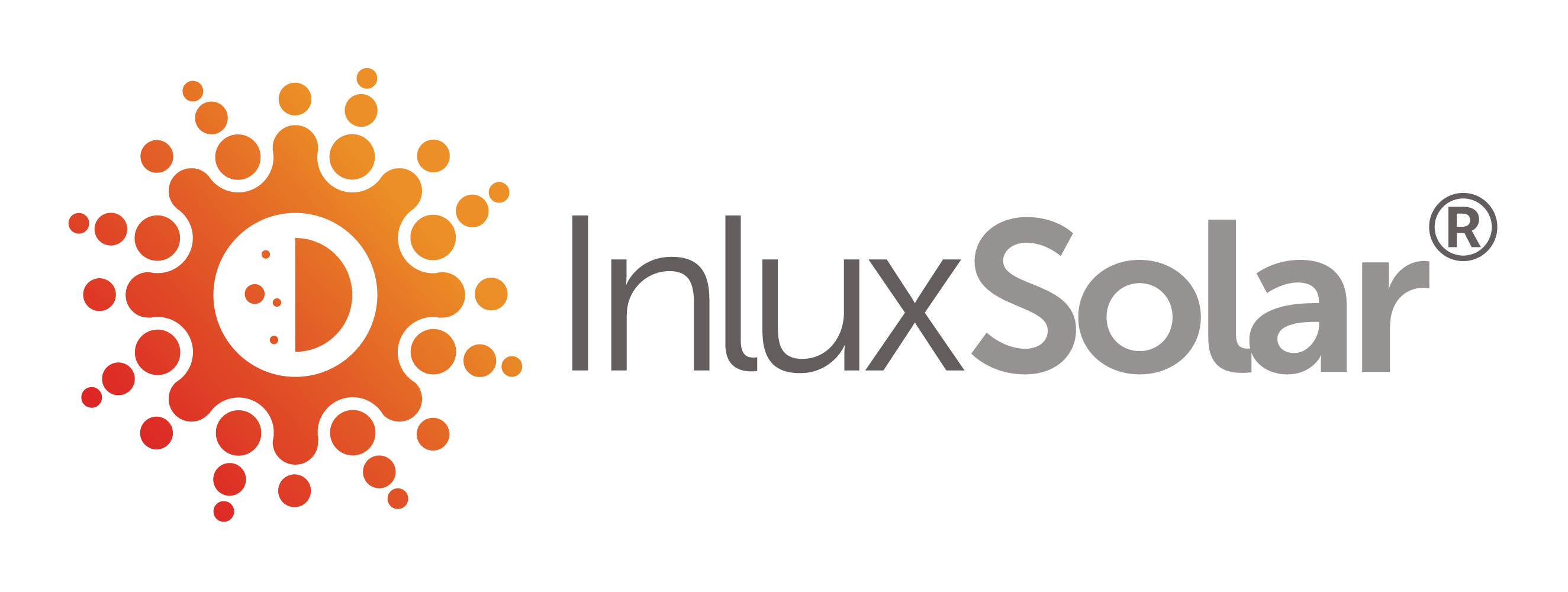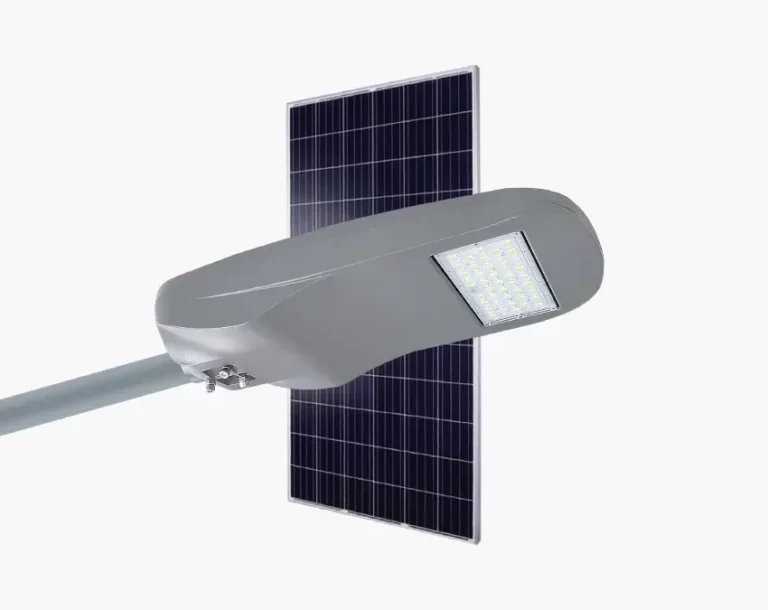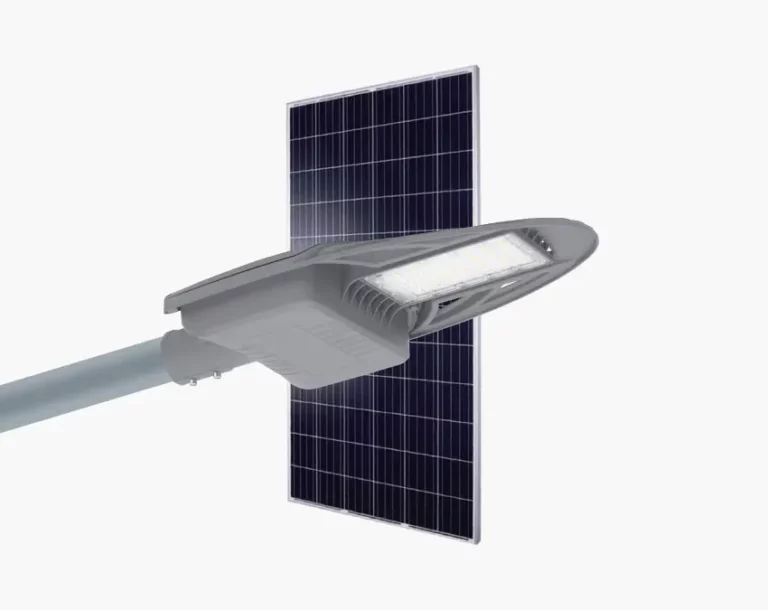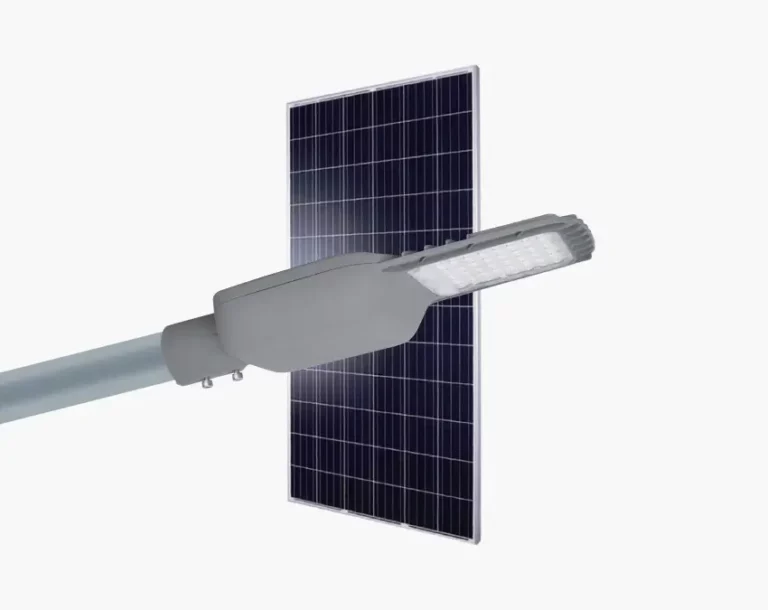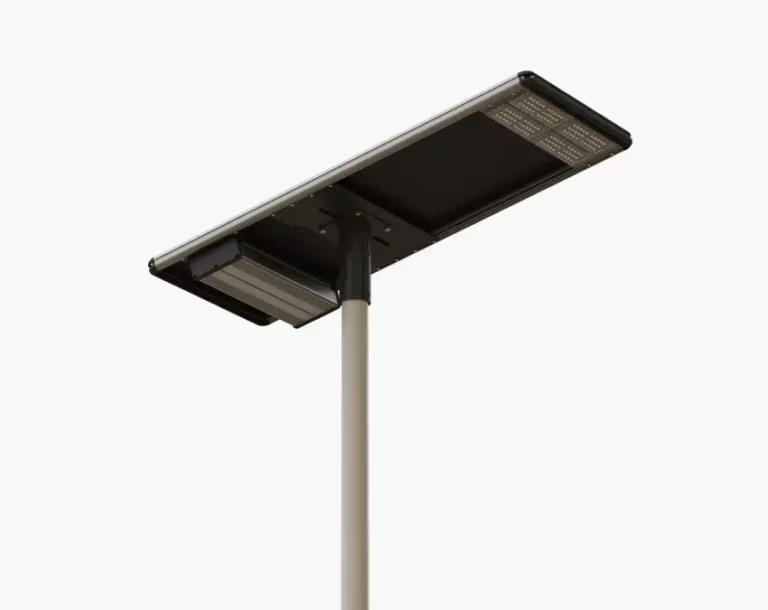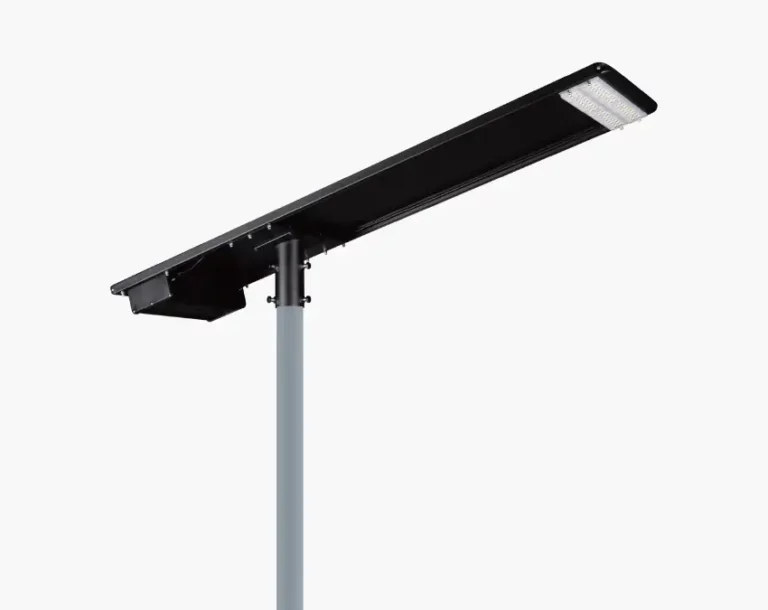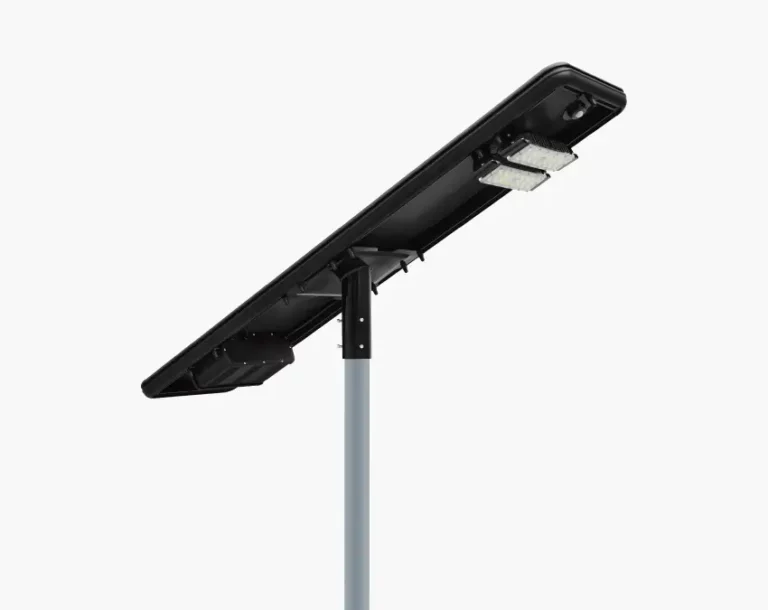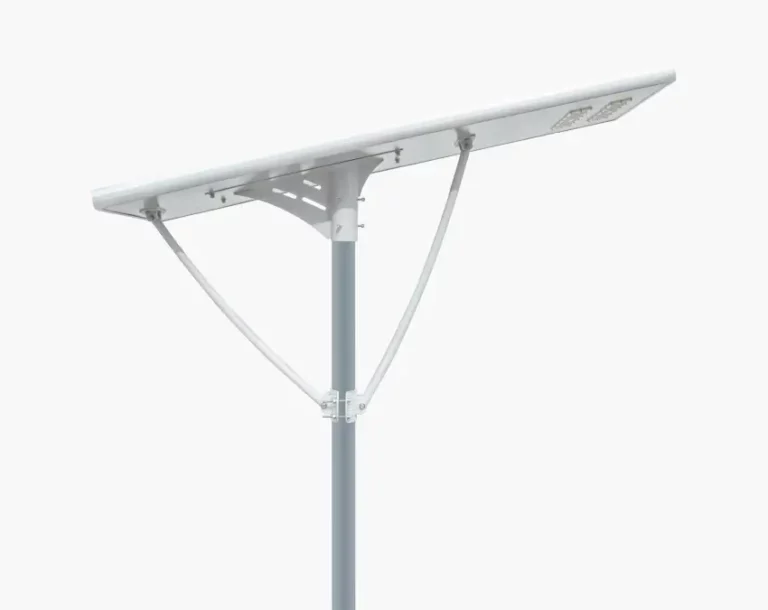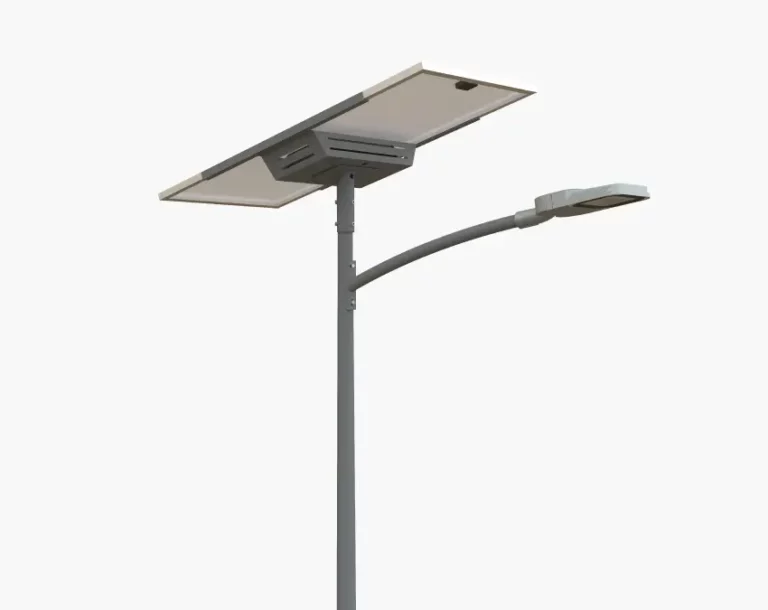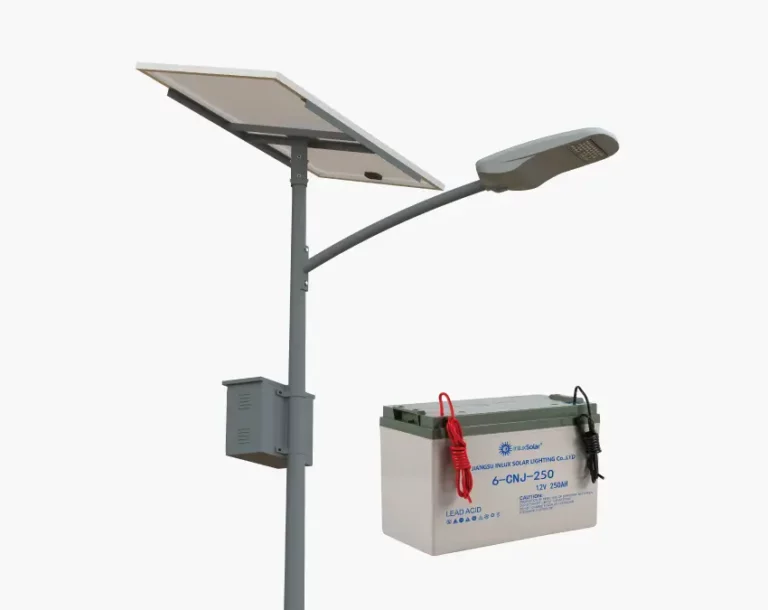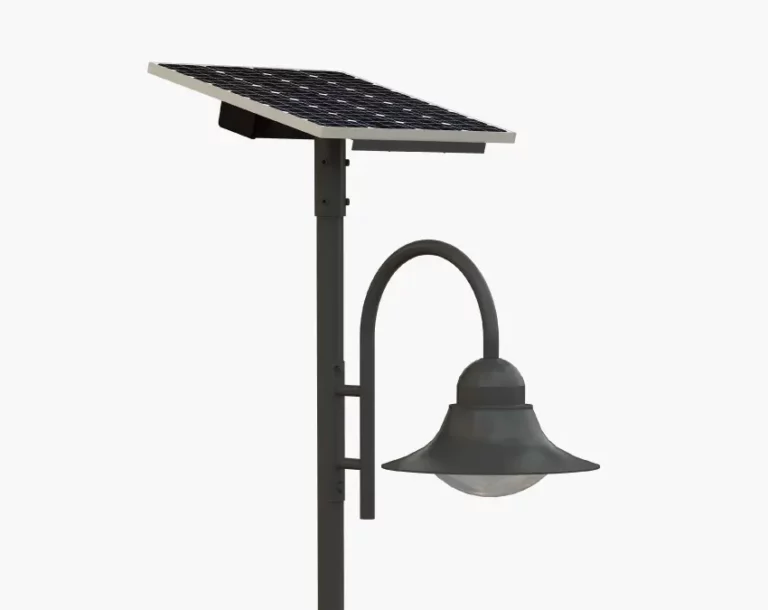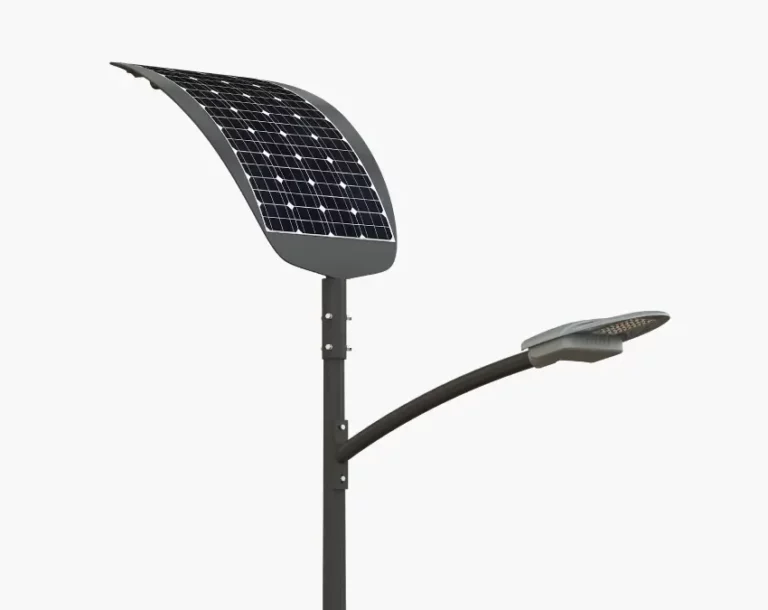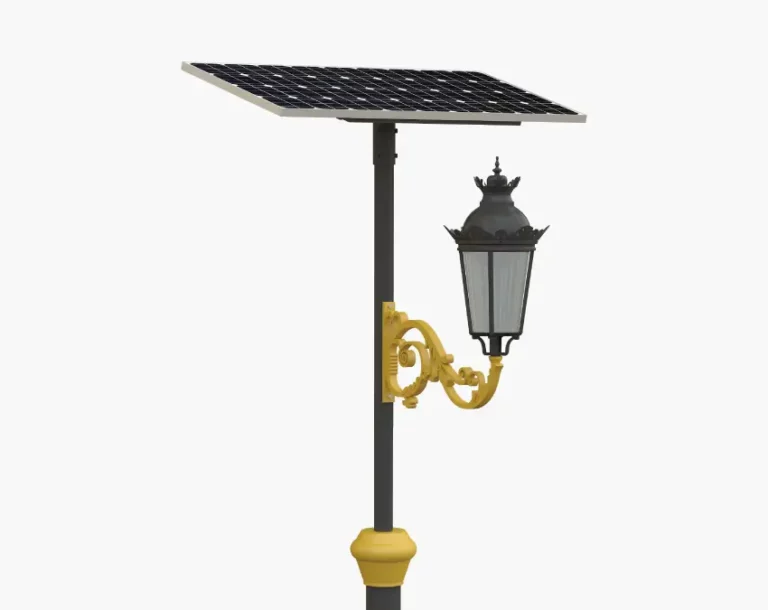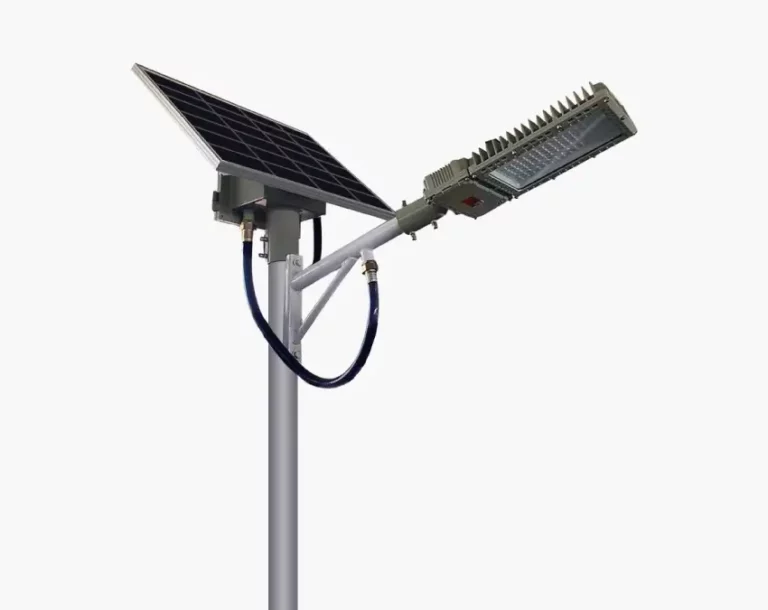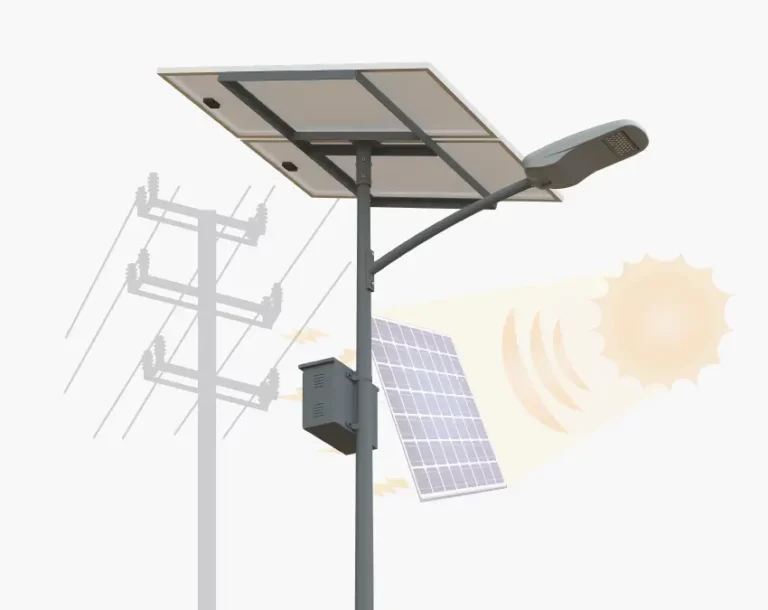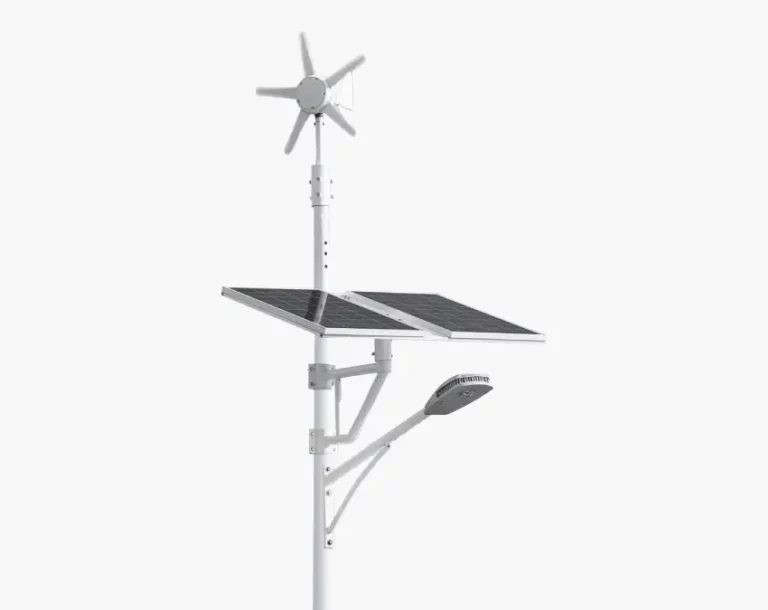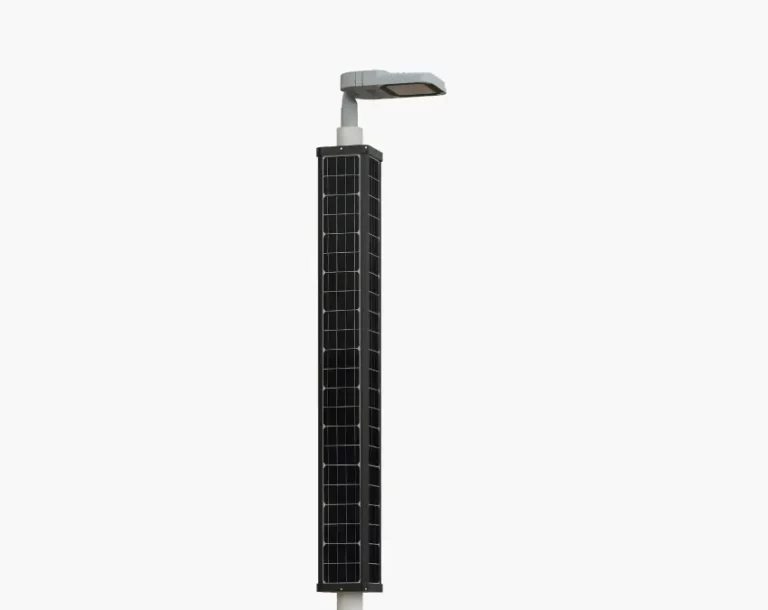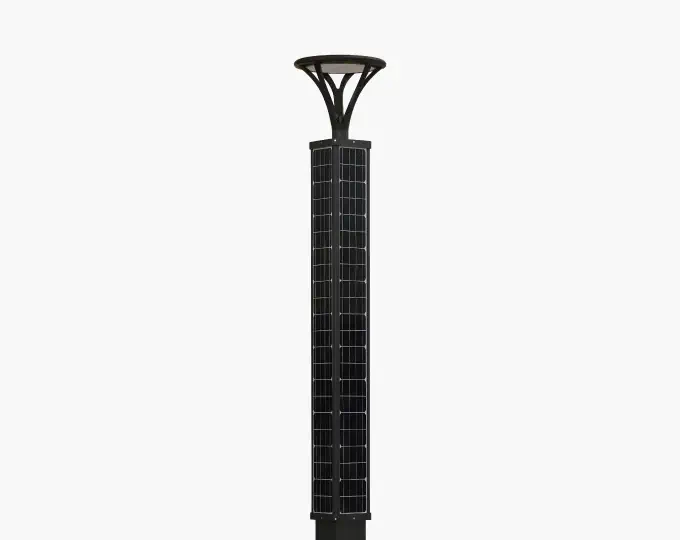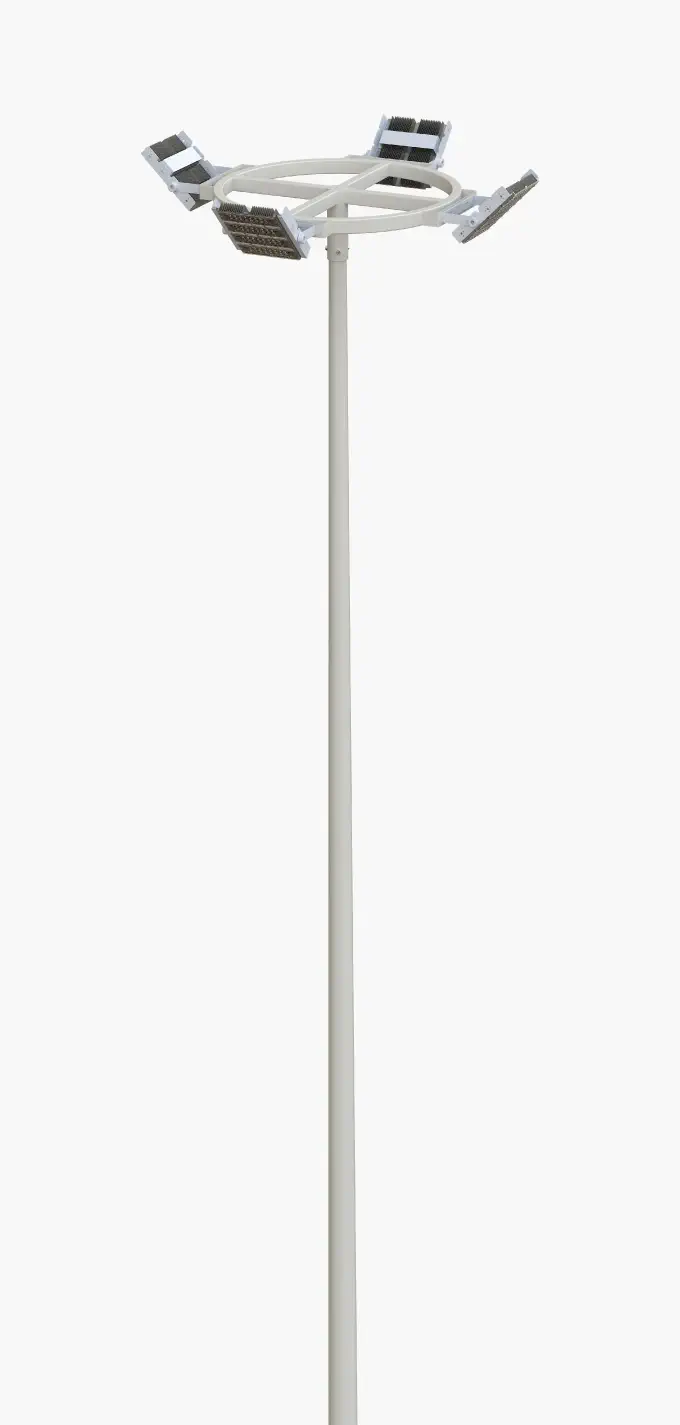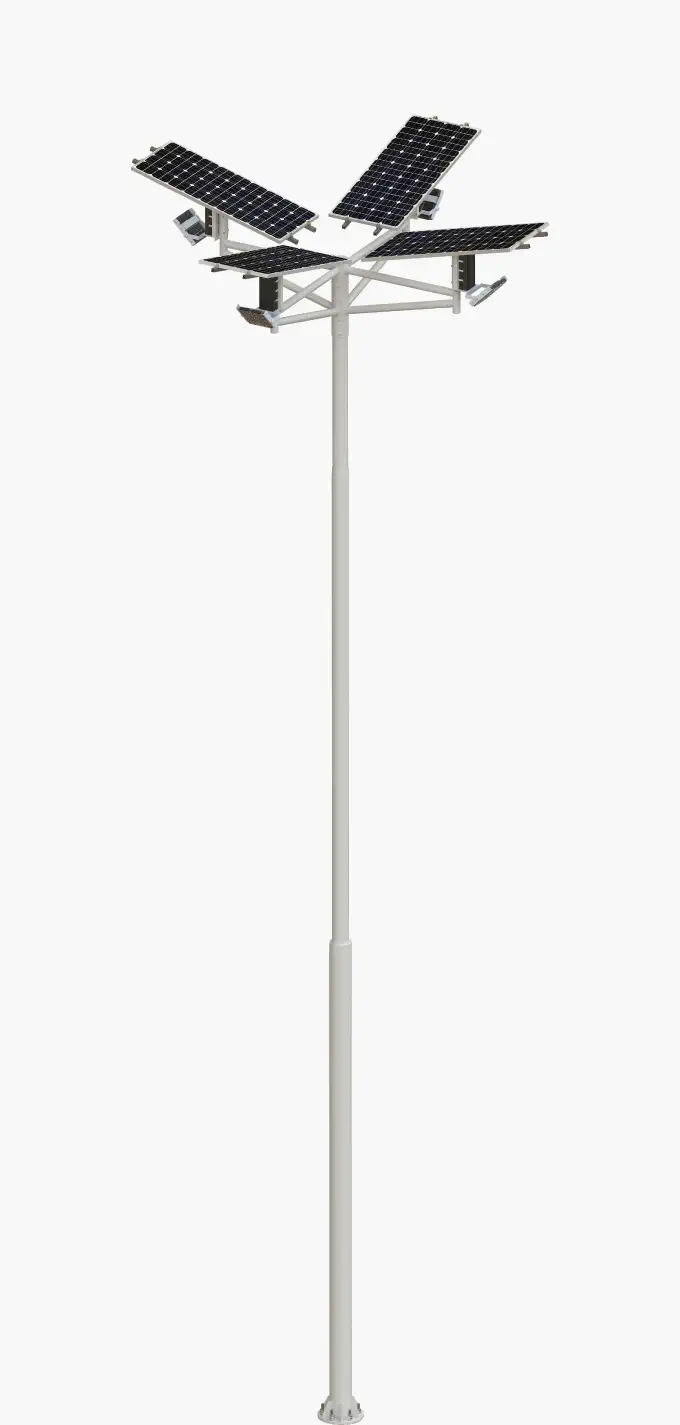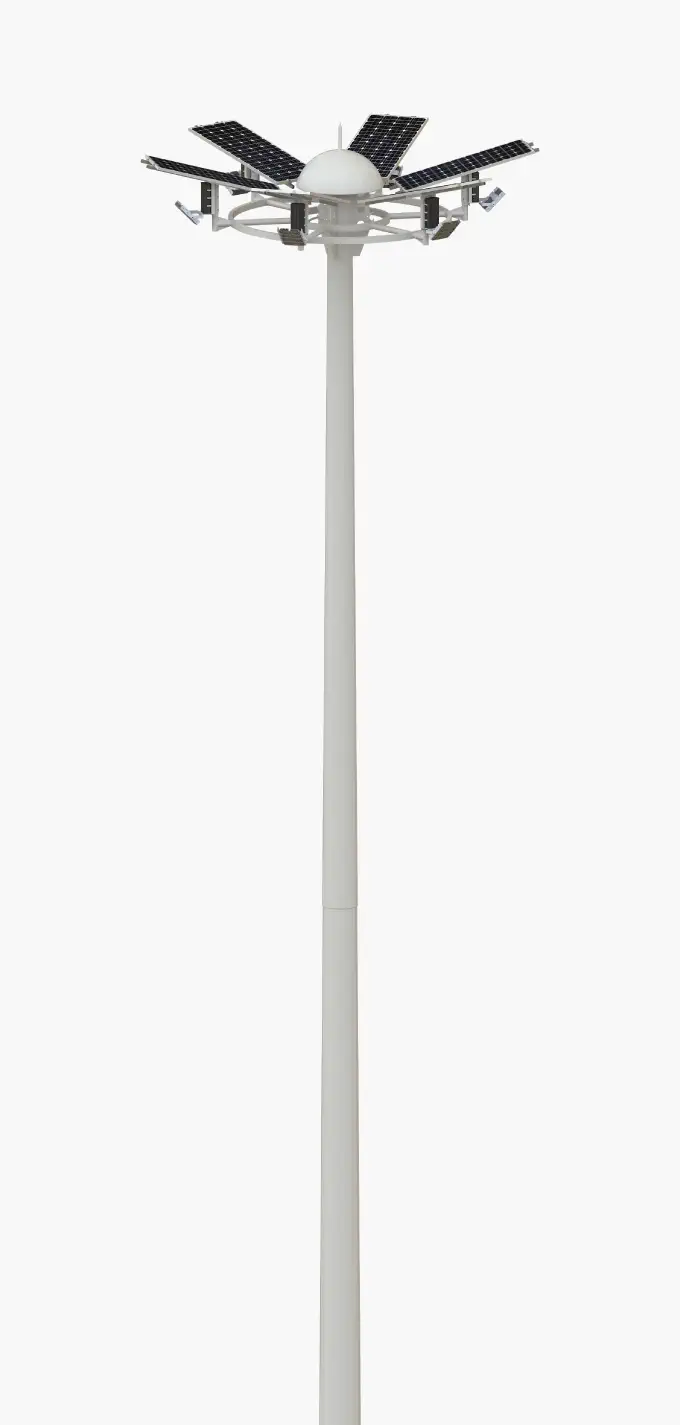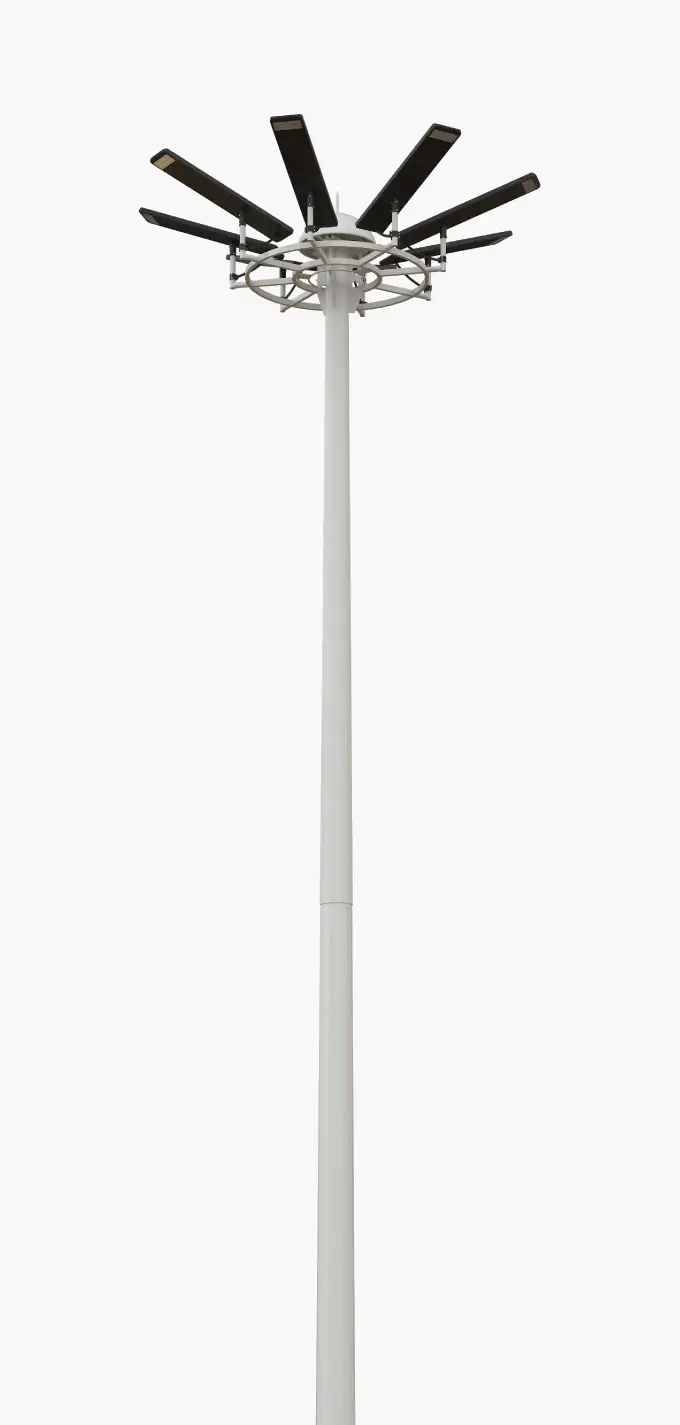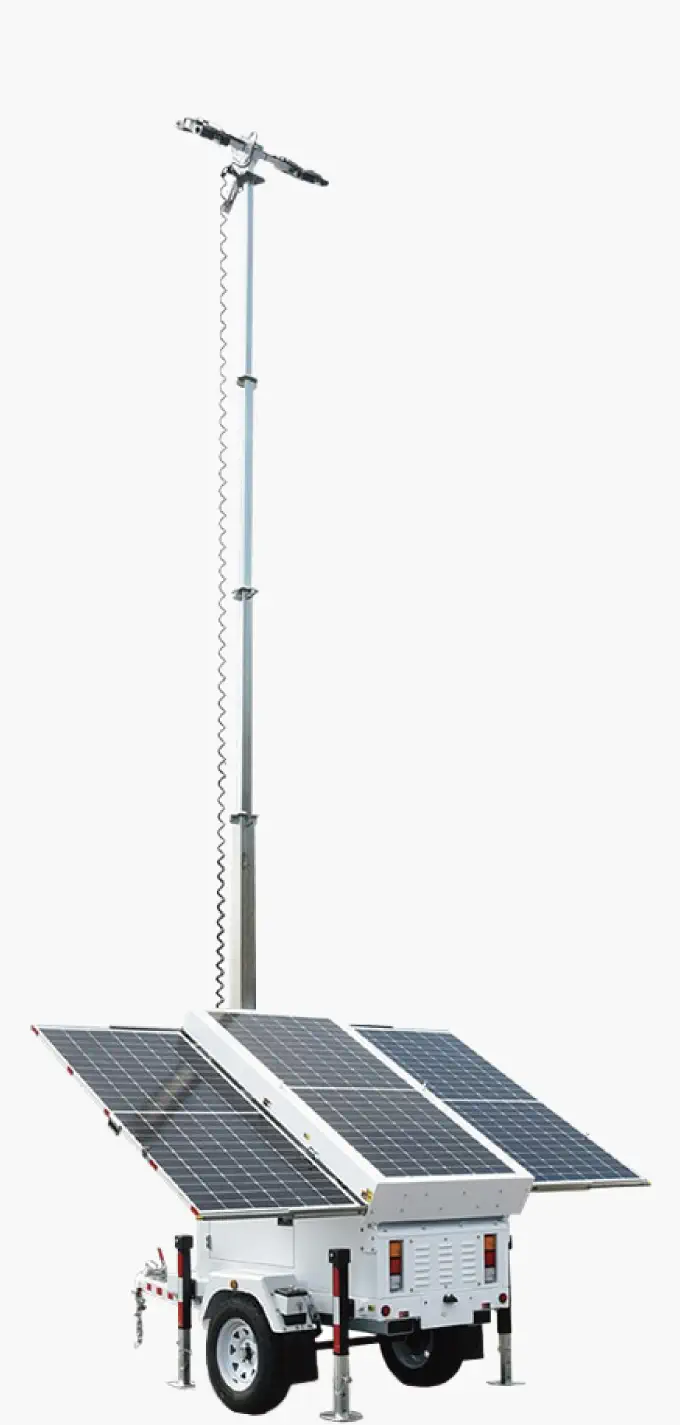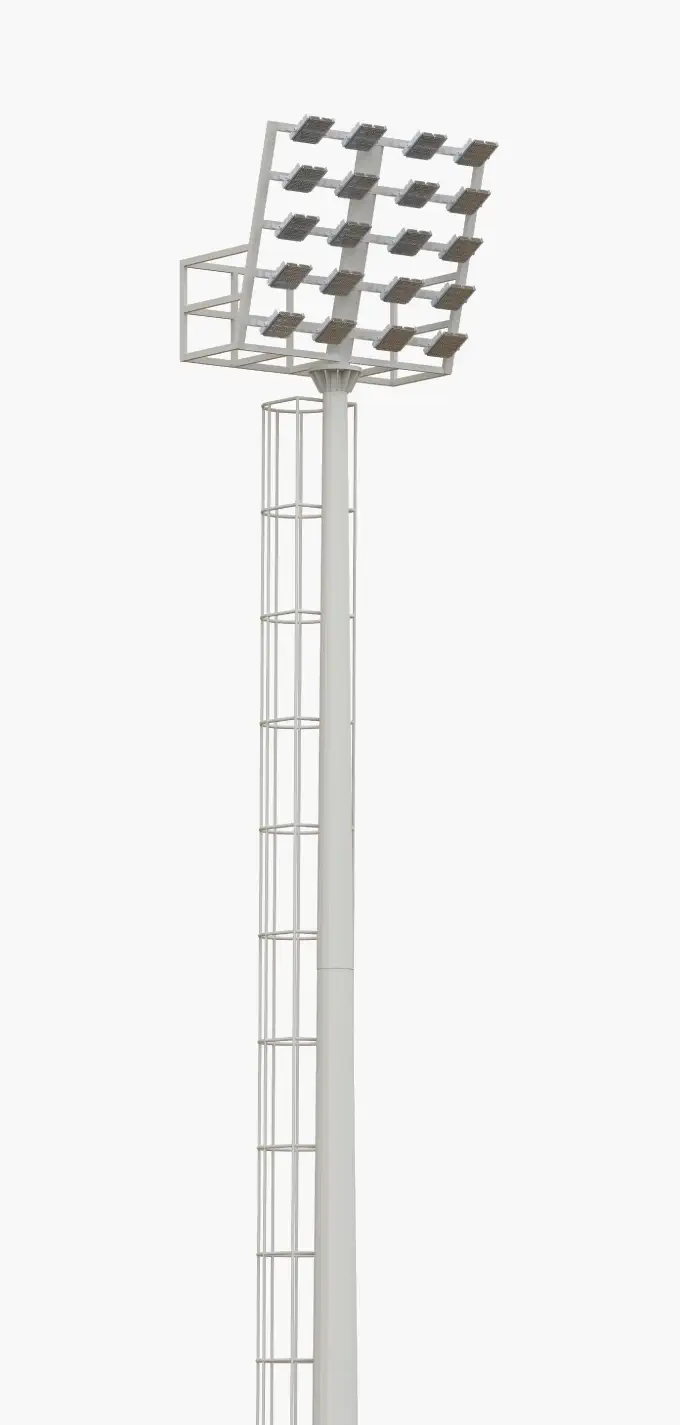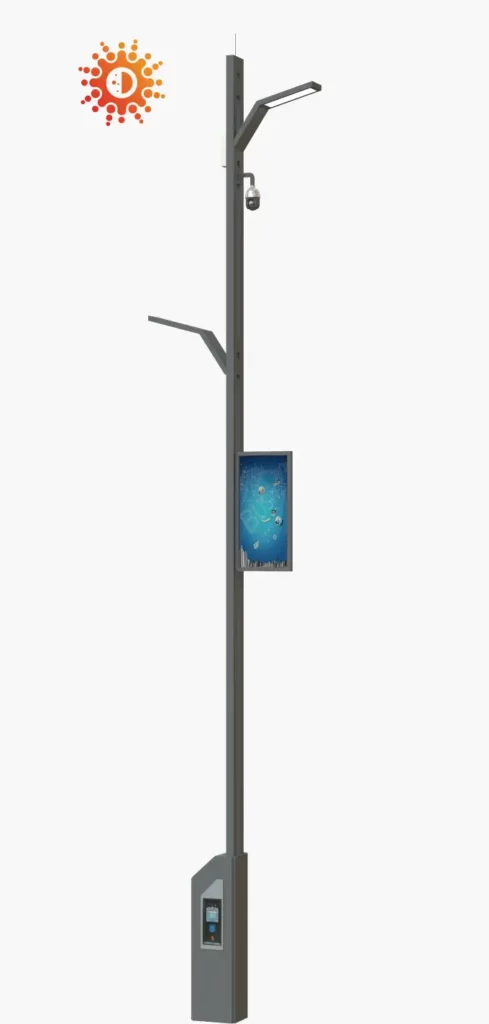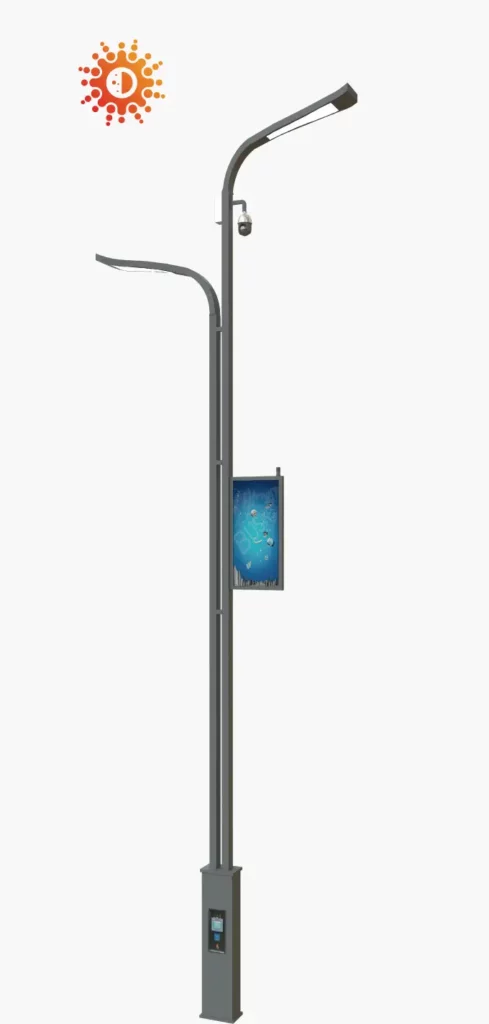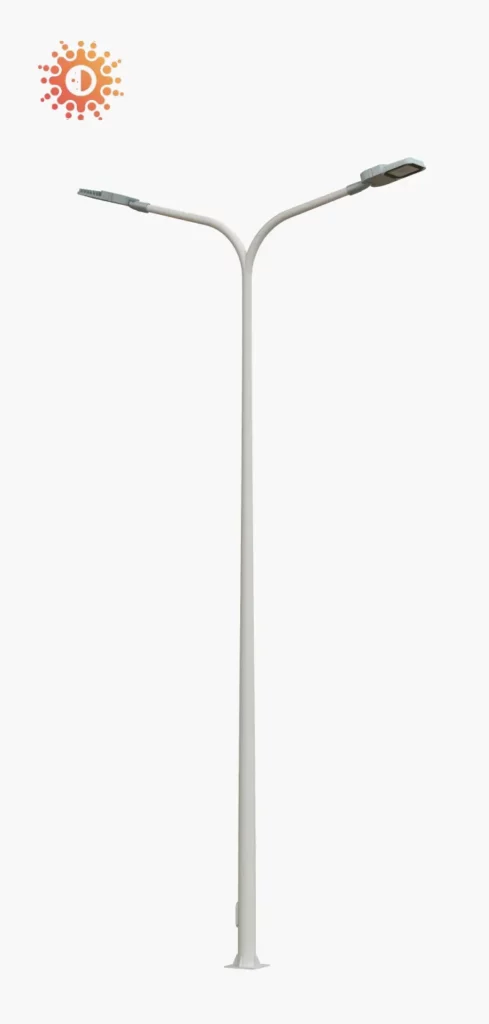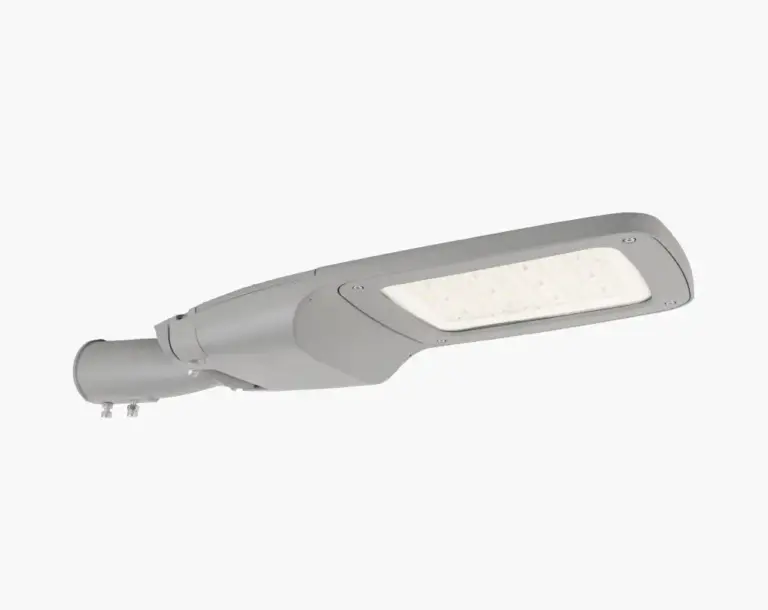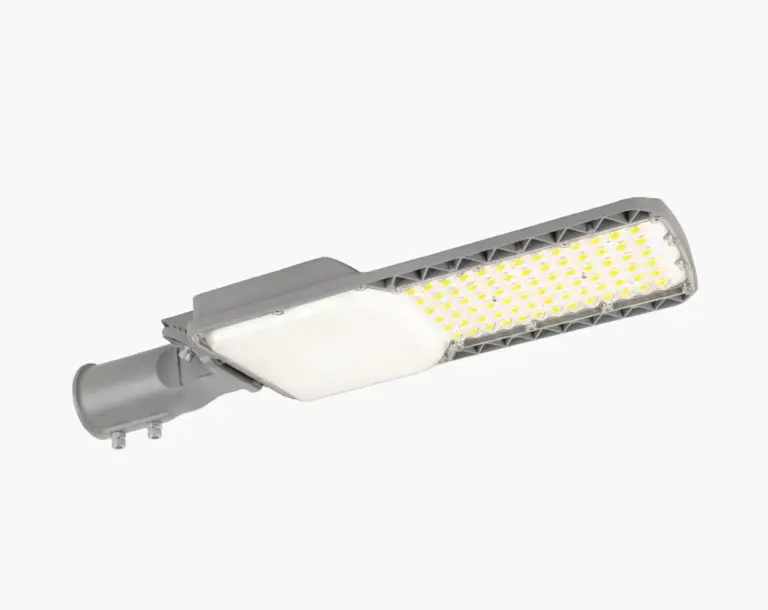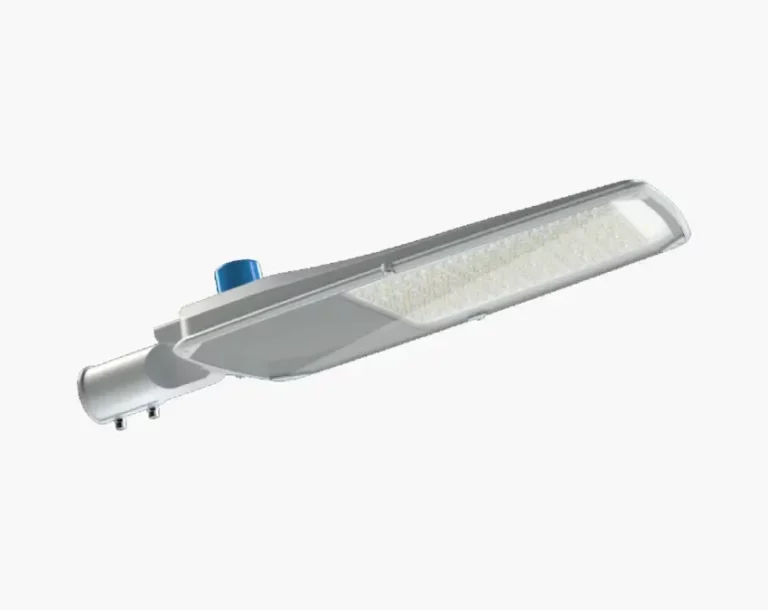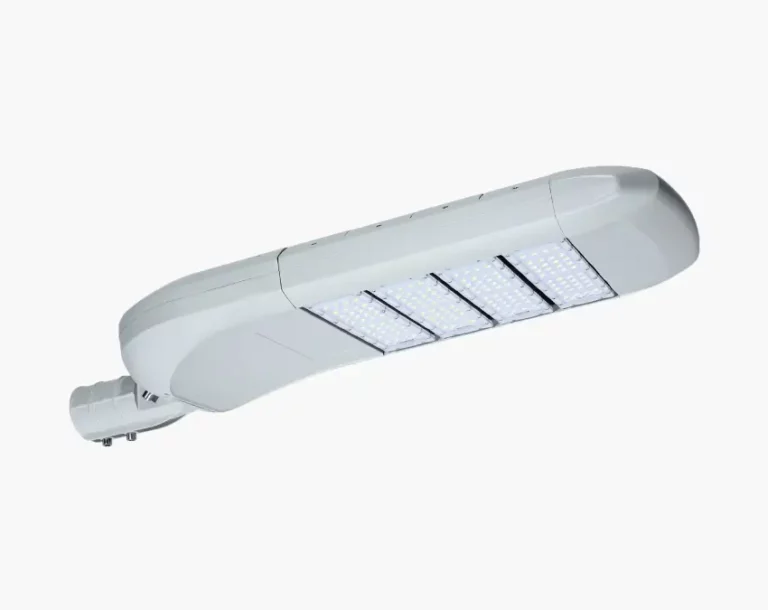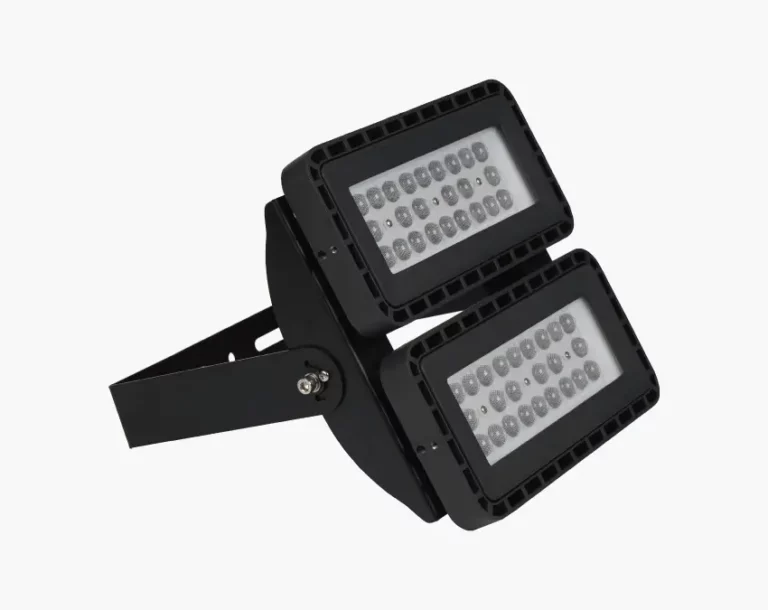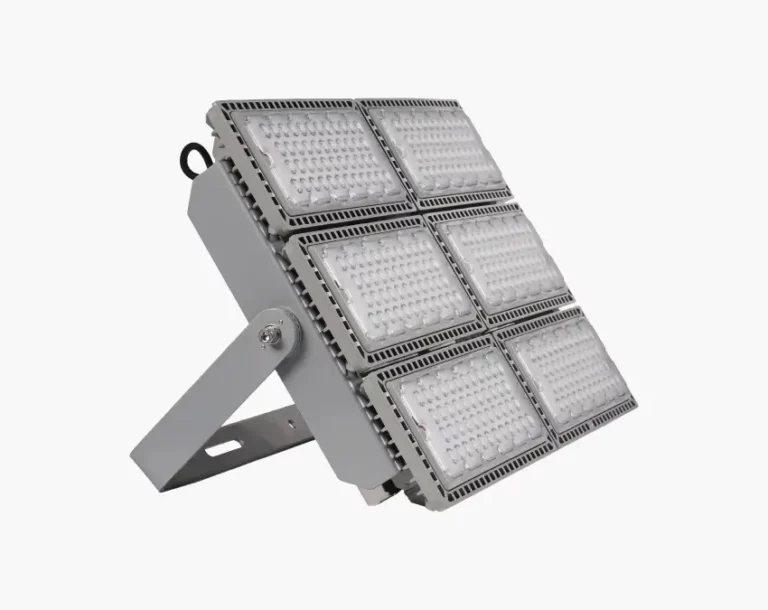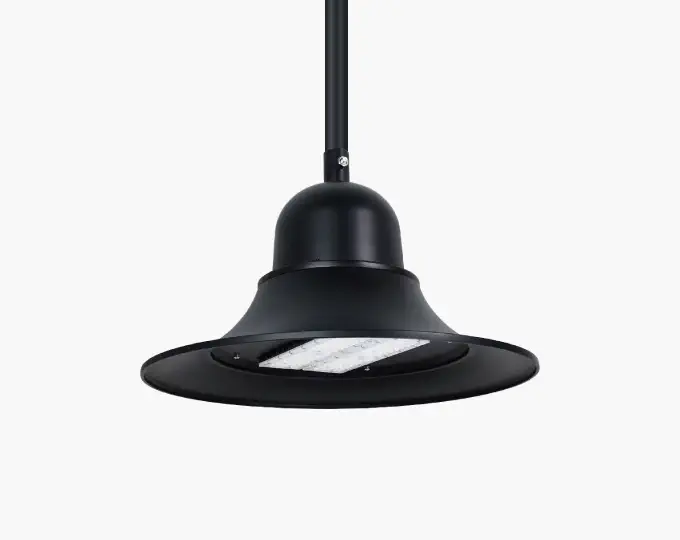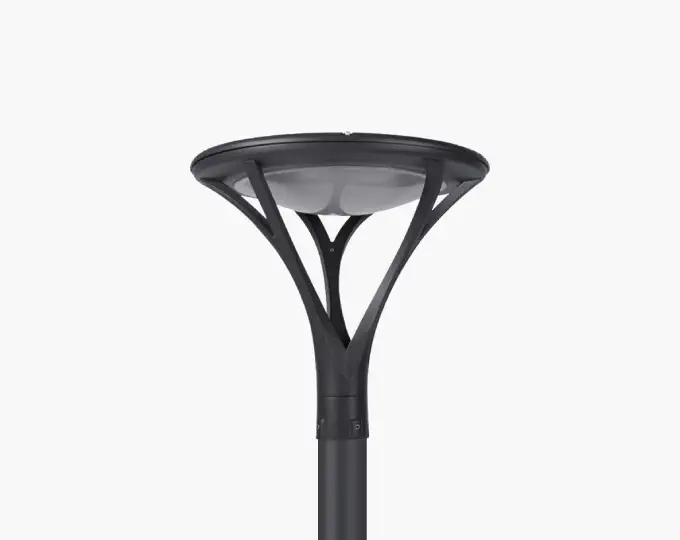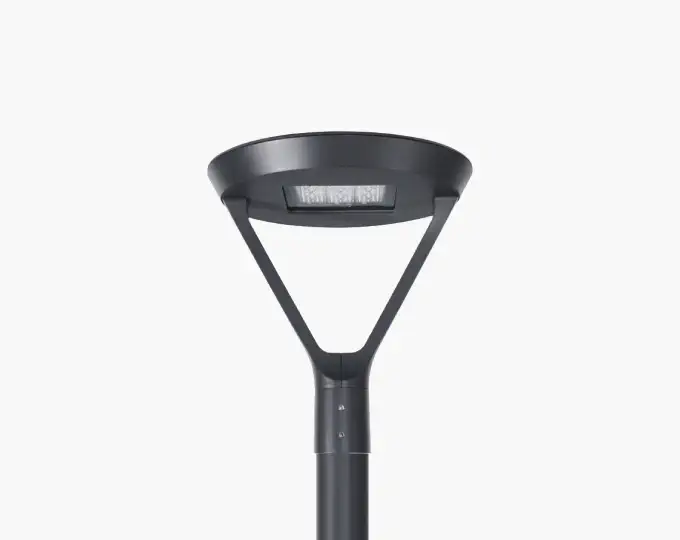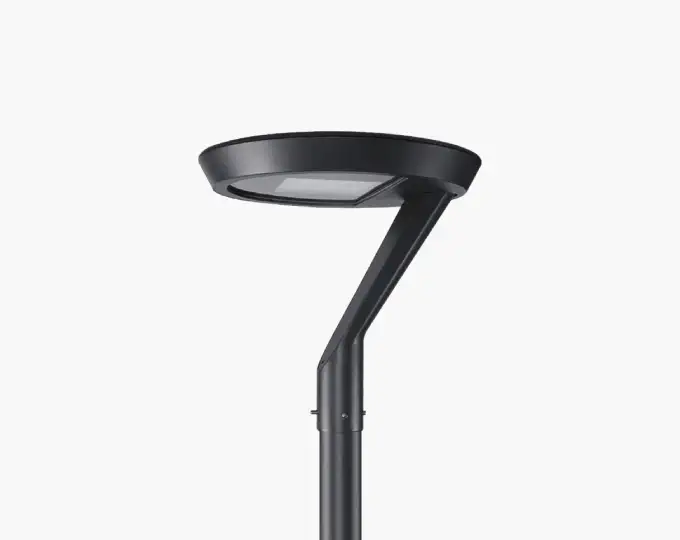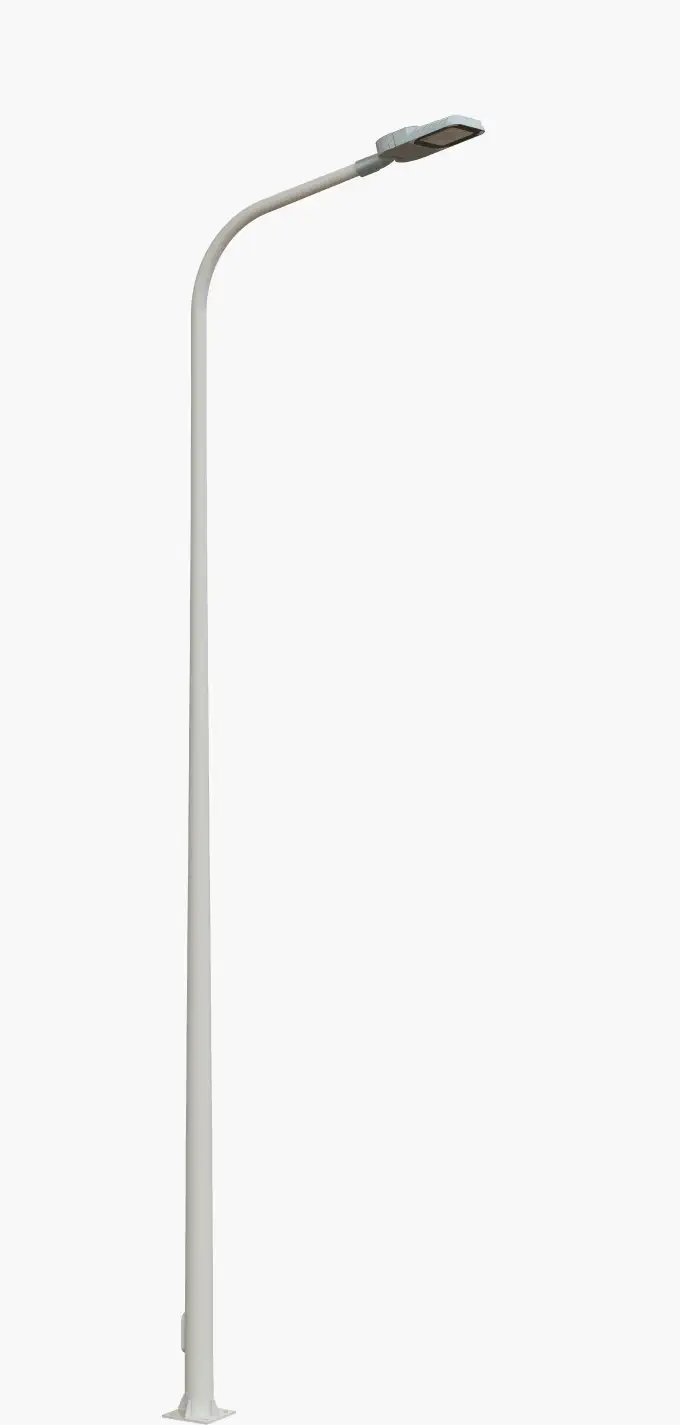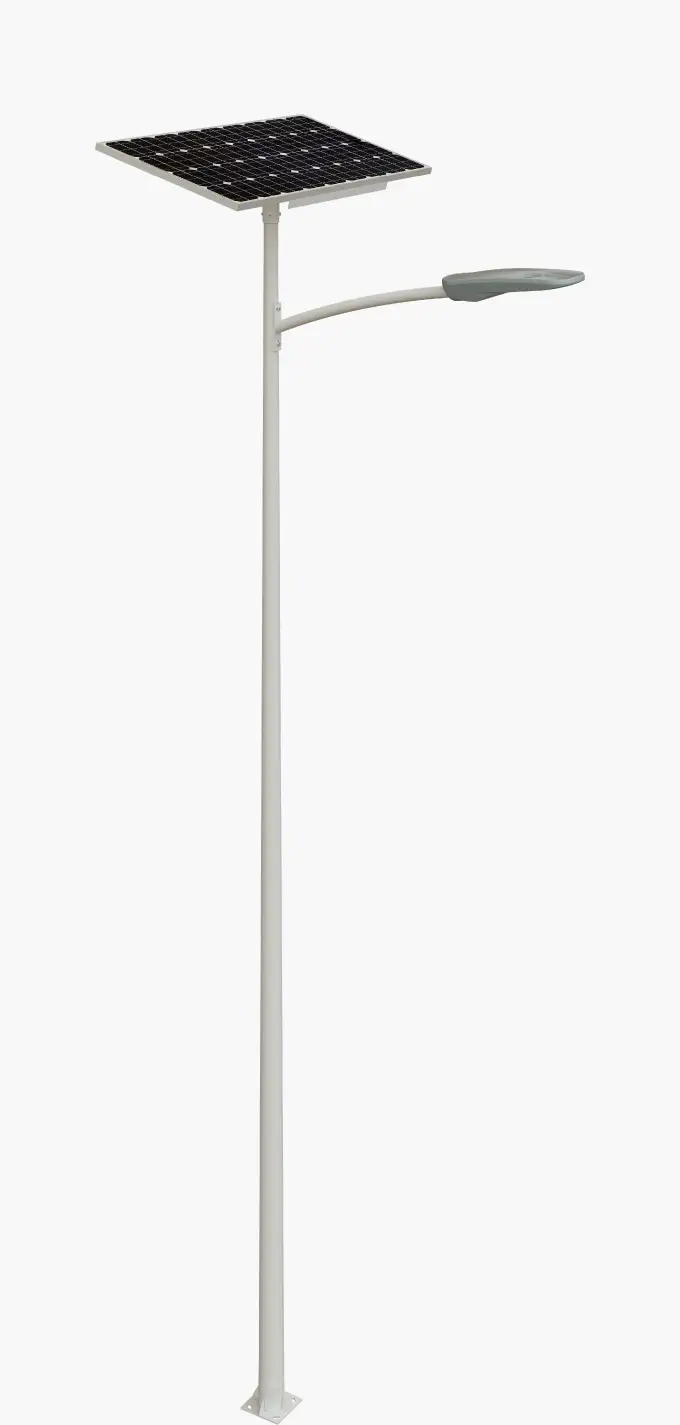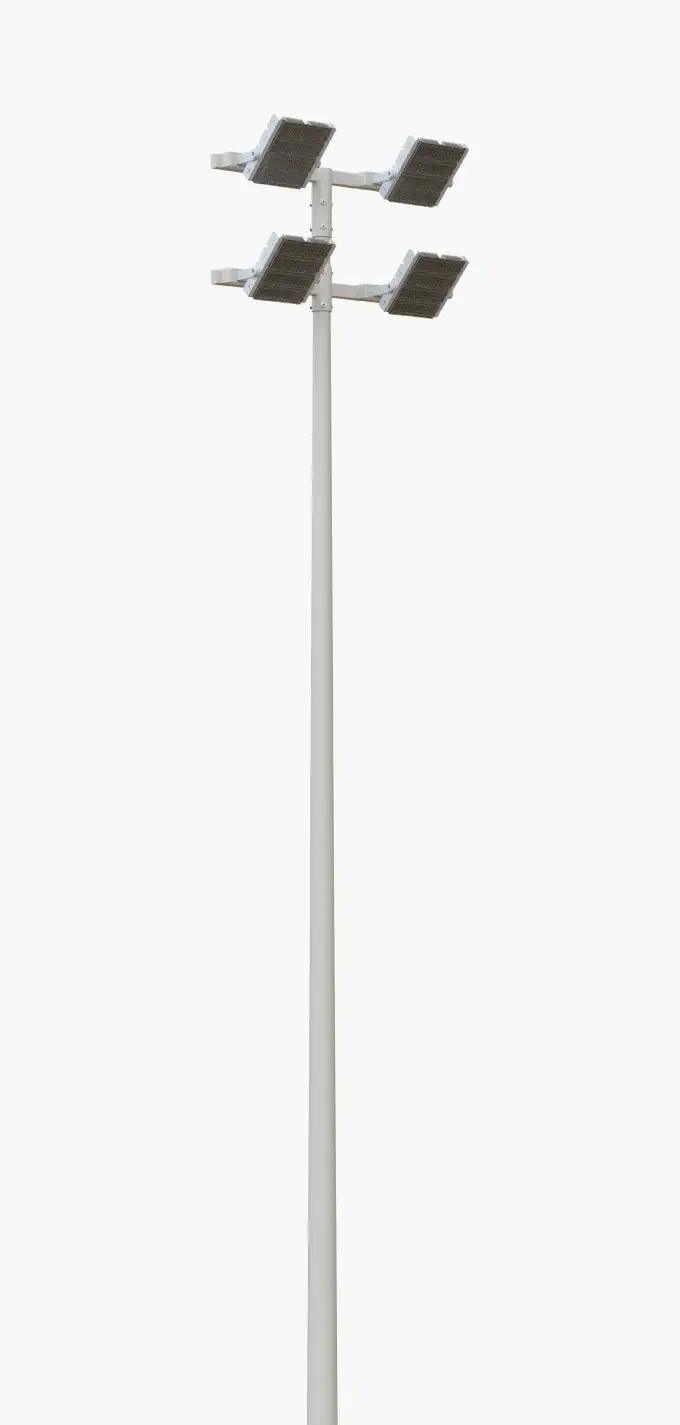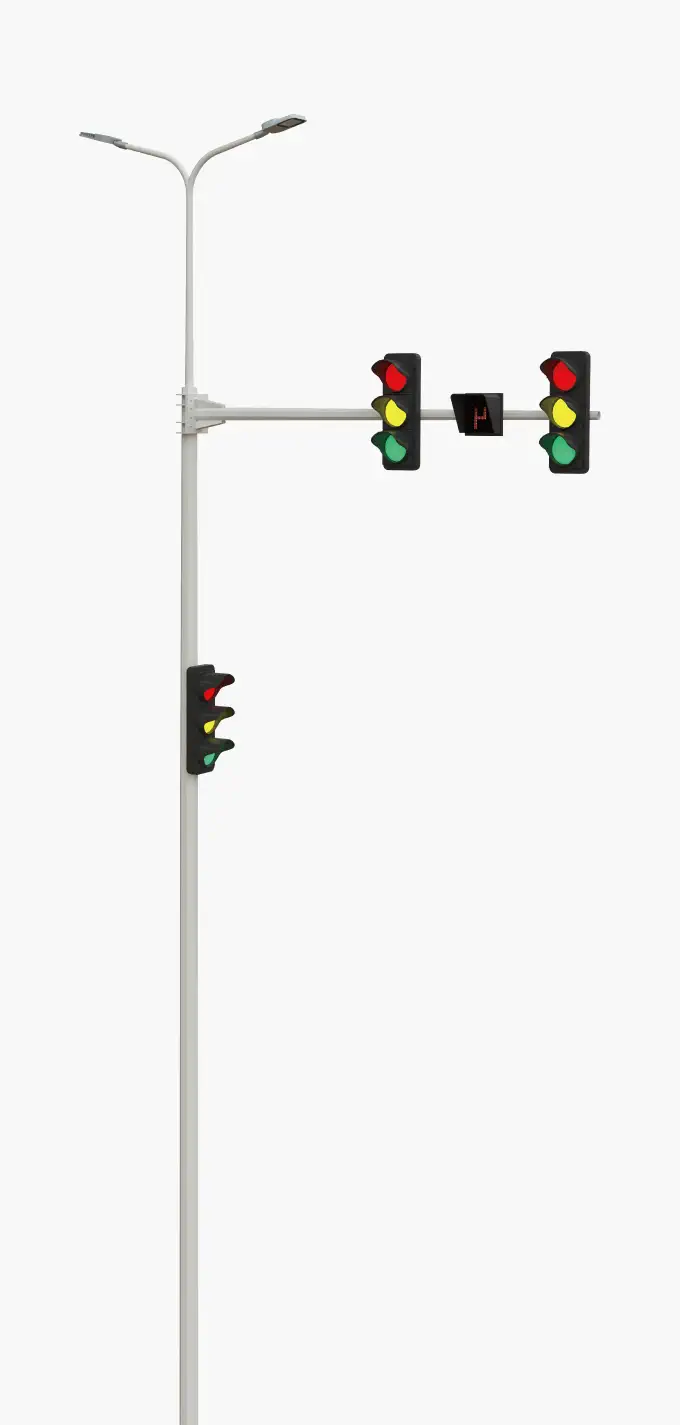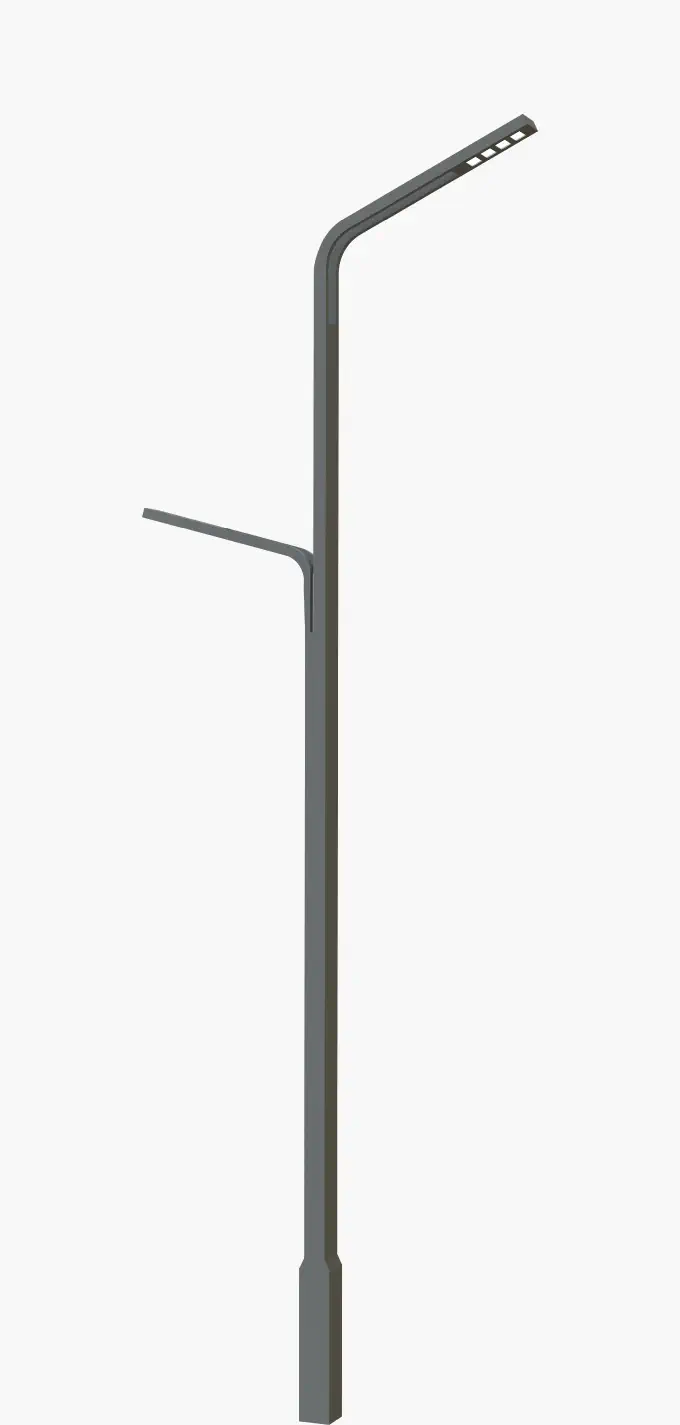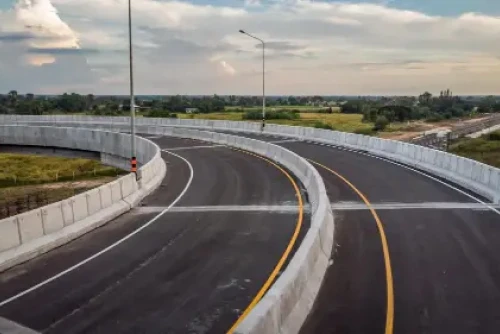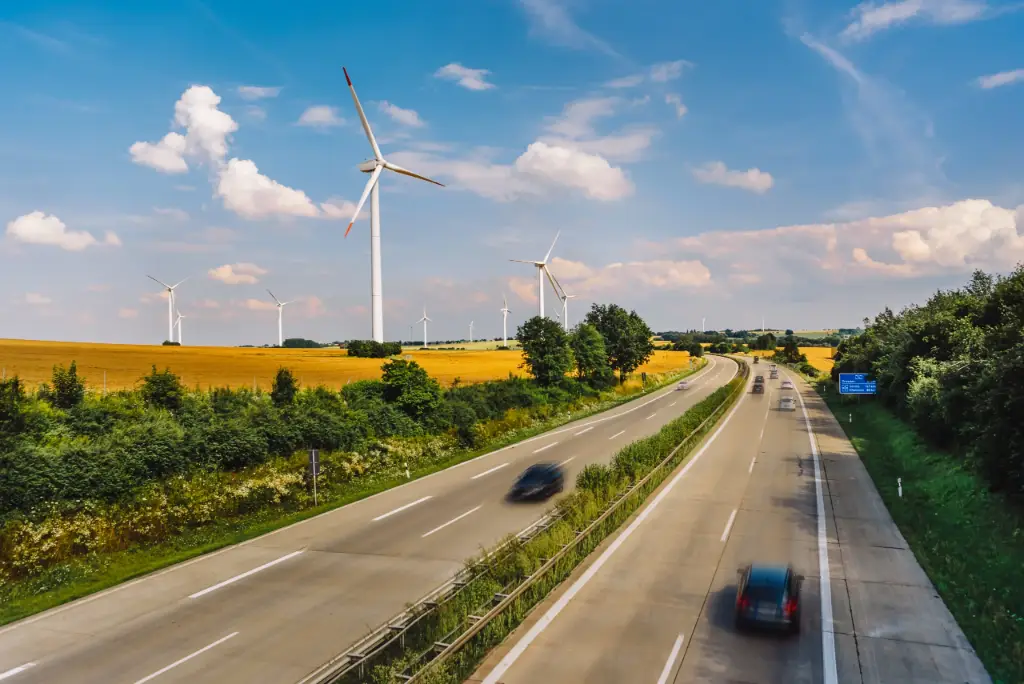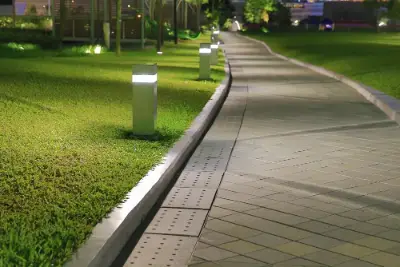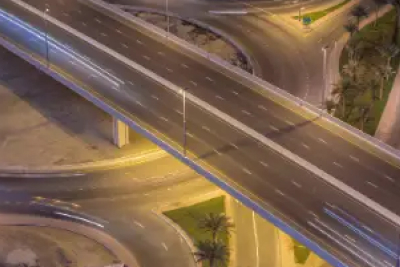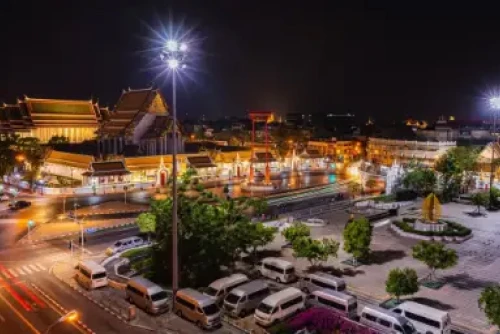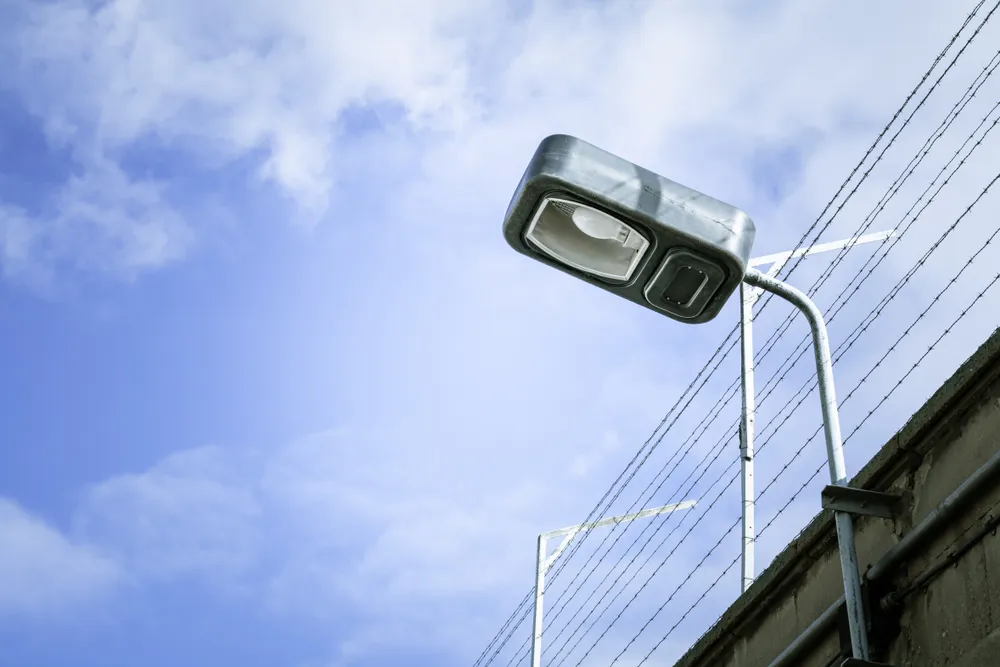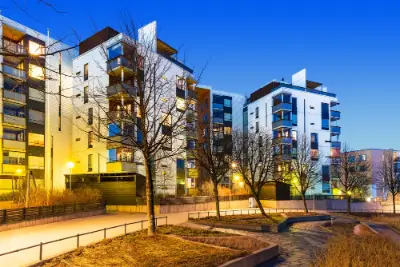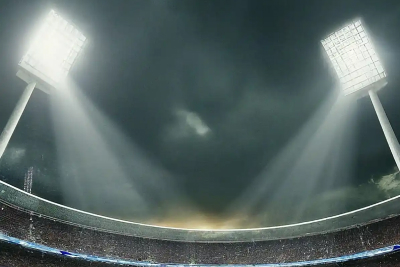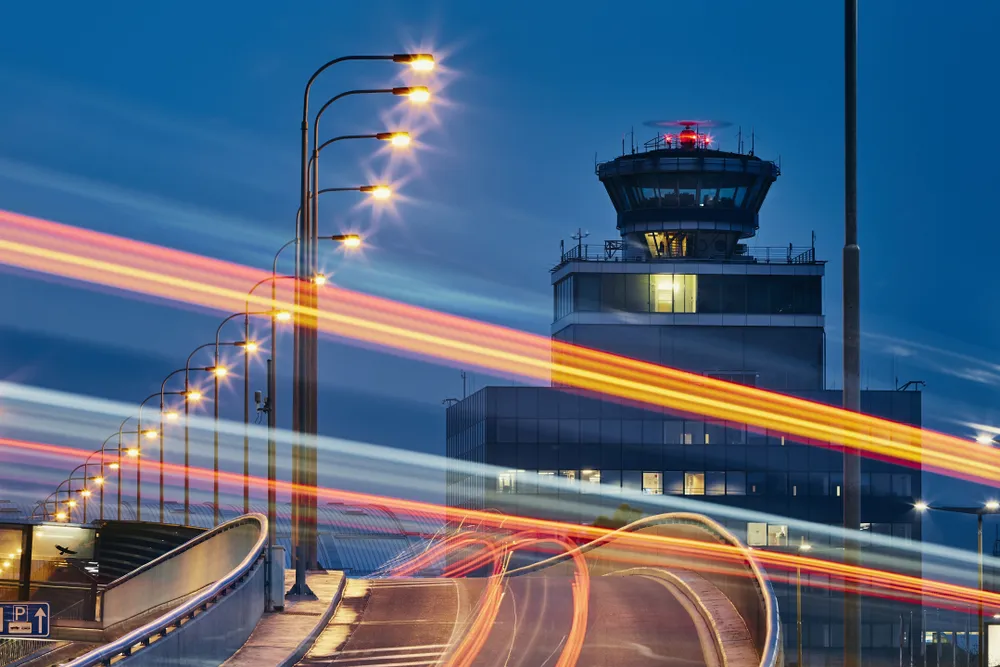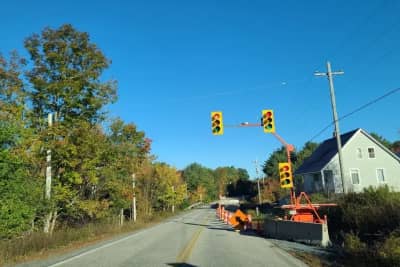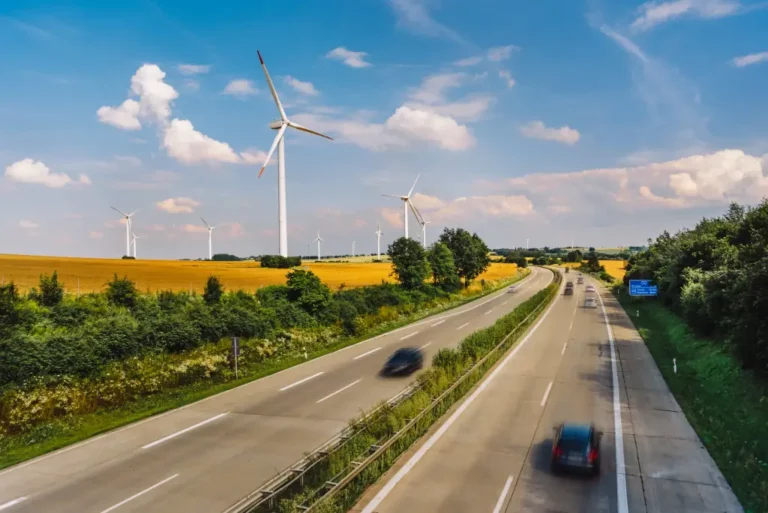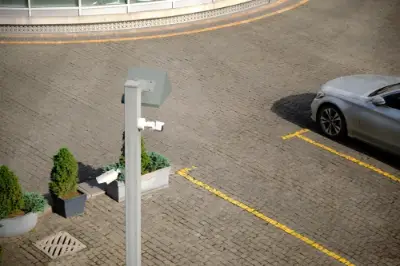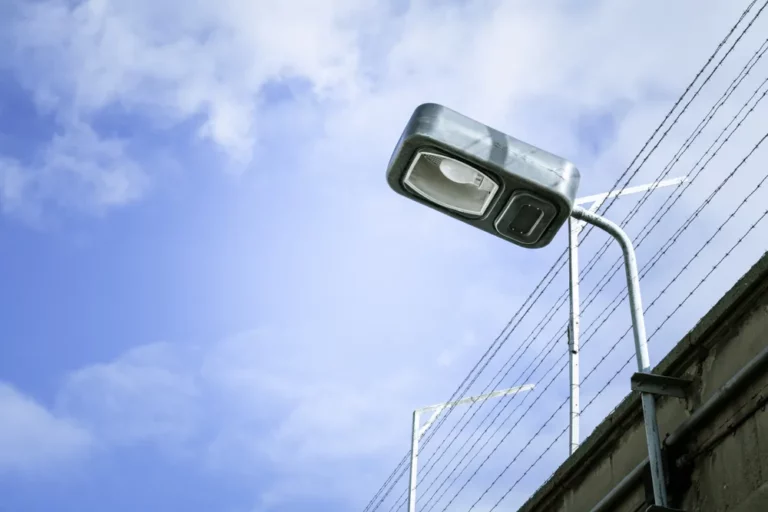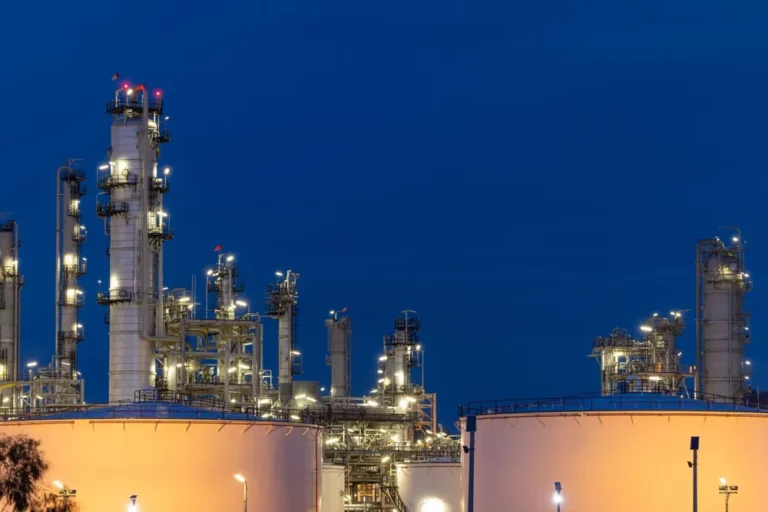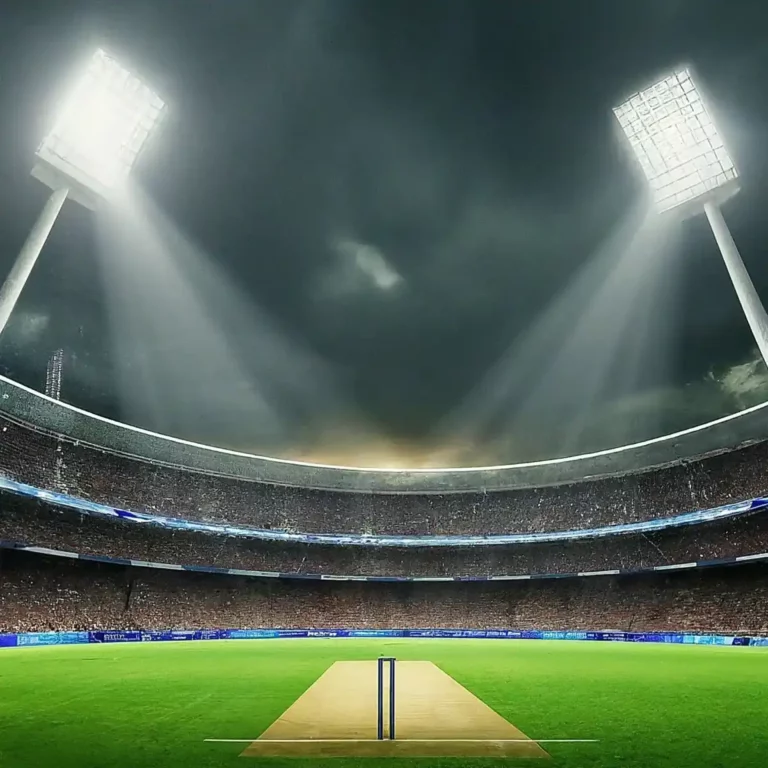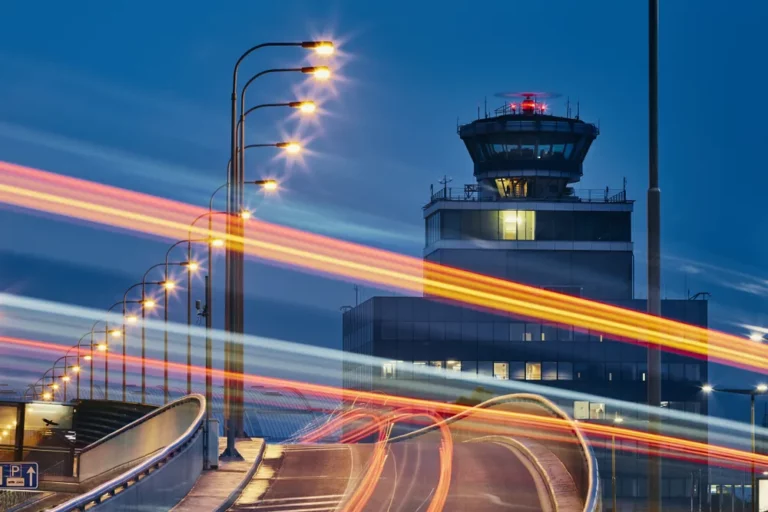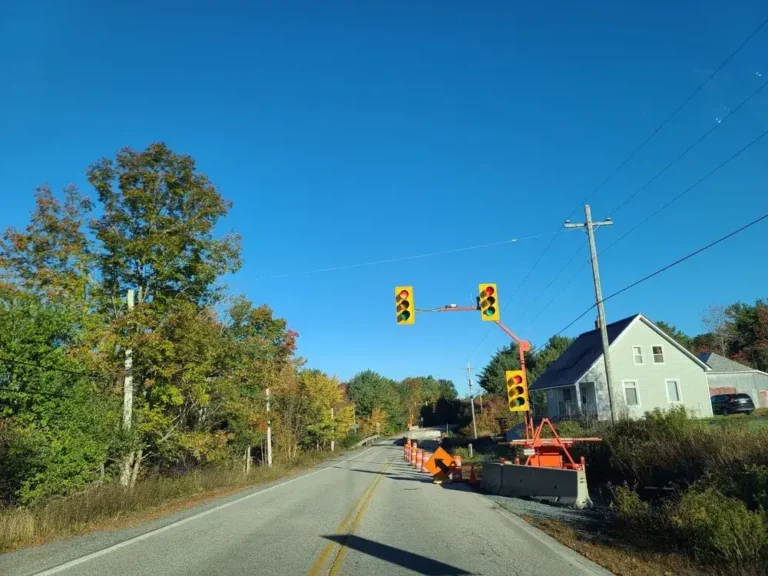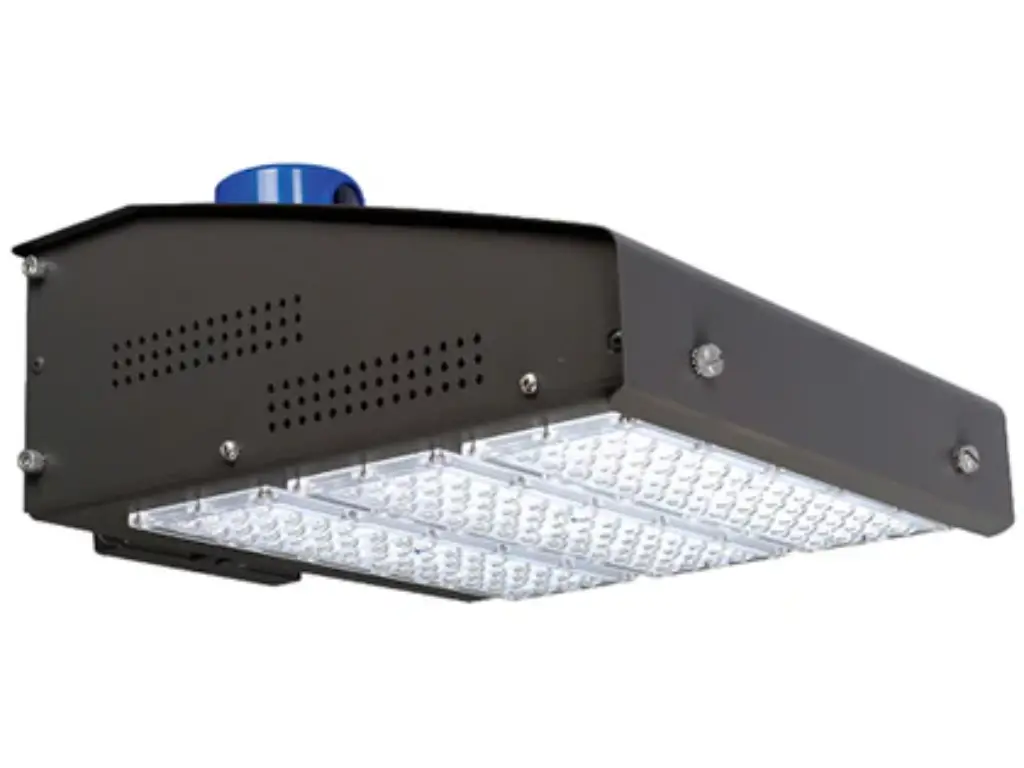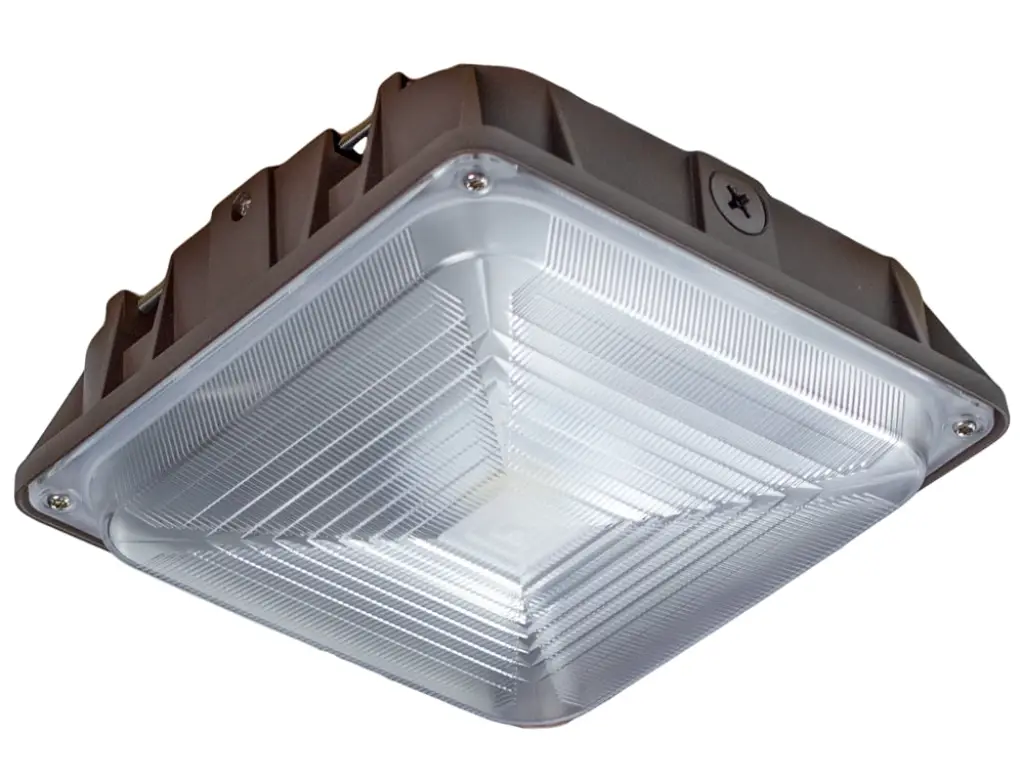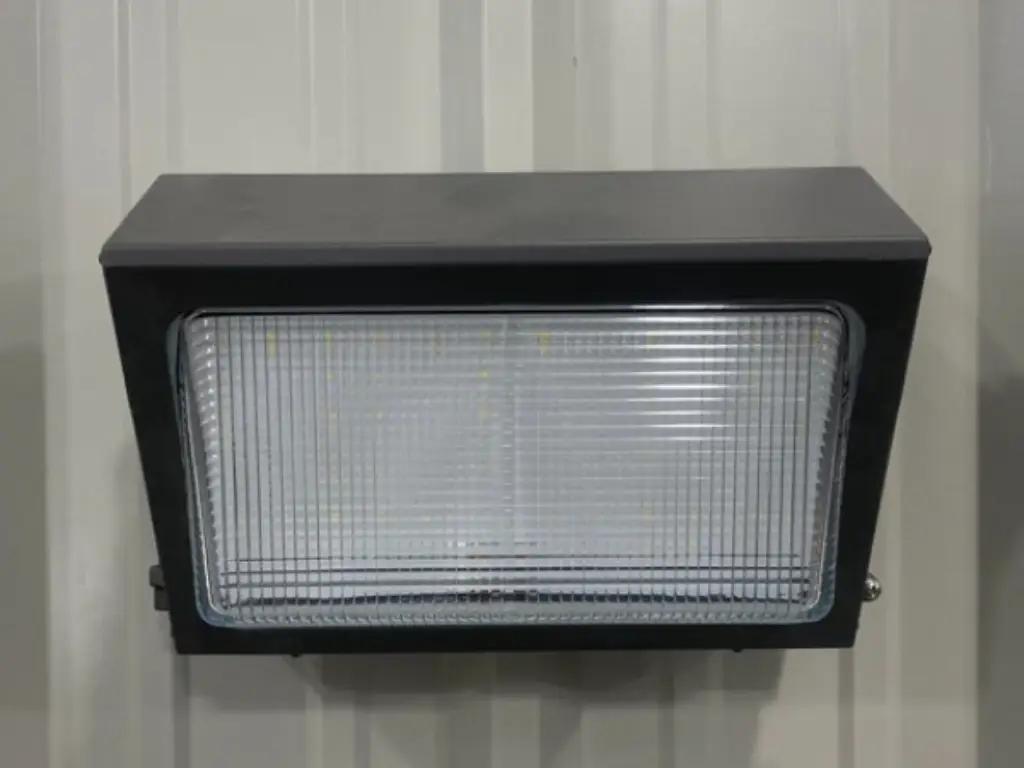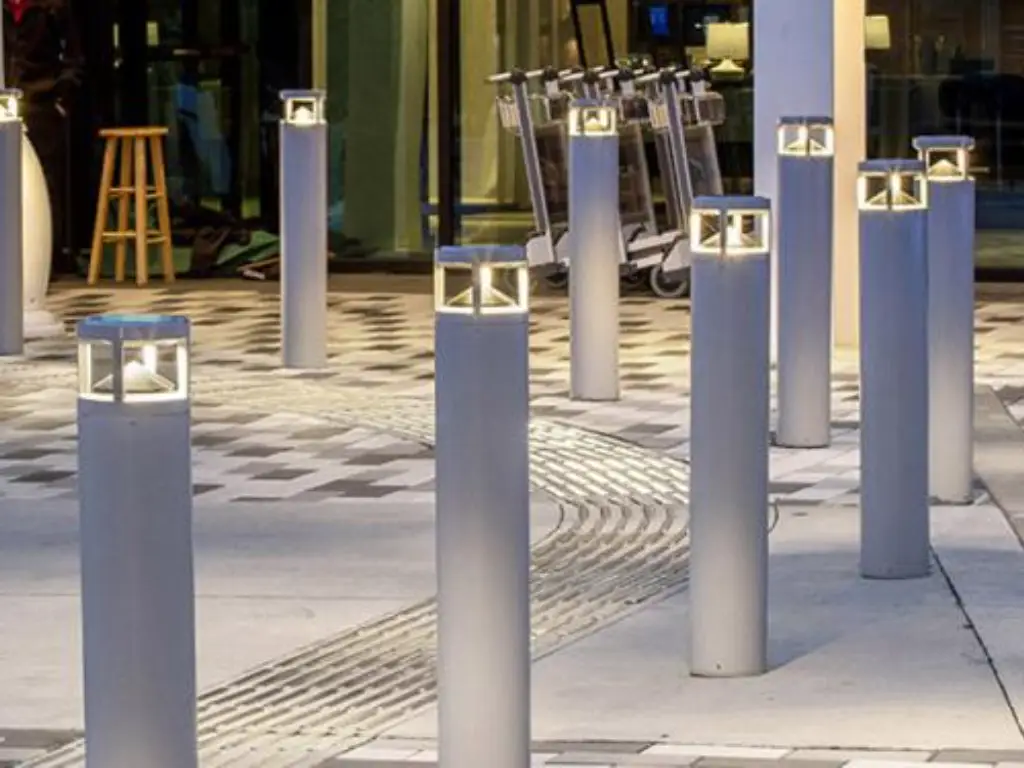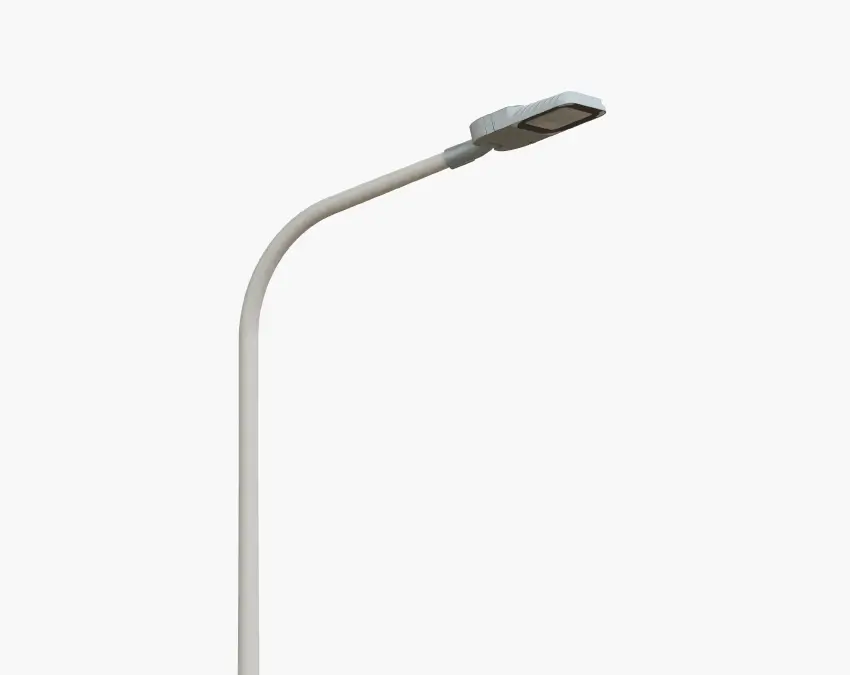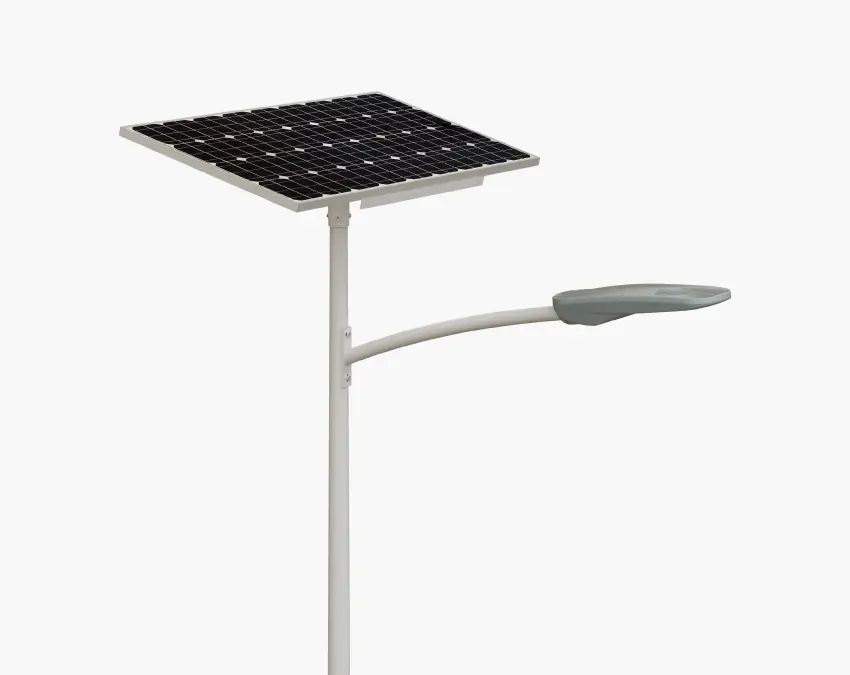Parking lots serve telescopic purposes which include user connection to a commercial property together with sail entry. Likewise, illumination in these areas increases operational effectiveness, safety, and security. If you look at the overall picture, lightings for parking lots are one of the unsung heroes when it comes to describing discipline as well as CCTV. This article will delve deeper into all concepts regarding aids of illumination alongside decision making that culminates towards optimal choices amplifying ease while reducing costs and elevation of multifunctionality. Also, technologies evolving parking lot lighting and their contemporary uses will be elaborated on so that owners are able to appreciate what systems with proper planning end up adding in value and savings alongside creating a safer region welcoming people more.
Importance of Parking Lighting
Effective parking lot lighting does more than provide visibility; it is part of the property’s infrastructure and affects safety and security, operational costs, and public perception. Furthermore, a well-lit parking lot beautifies a location as well as protects it from crime. Well-designed lighting installations make visitors feel comfortable and secure. Statistical studies demonstrate the relationship between adequate parking lot lighting, lighting in general, and property crime or violent commision of offenses – considerably lowering incidents. When people perceive themselves as visible and secure, it becomes highly unlikely for them to turn potential victims – this guarantees a lot of people would feel safe coming and going o the premises, regardless of the time.
With regards to crime prevention, properly placed and maintained illumination does wonders in preventing accidents. Areas with poor lighting poses severe obstacles such as protruding potholes, uneven surfaces, and/or misplaced trip hazards which can result in vehicle collisions, pedestrian falls, and campers tripping. Exceptional lighting clearly exposes pedestrians, vehicles, and other vital navigation aids signboards, thus permitting safer navigation around the entire property. Such measures greatly reduce liability exposure for property owners while significantly enhancing the experience of users. Additionally and in parallel, adequate lighting enhances an organization’s image. Uniform brightness throughout a big parking lot additionally conveys professionalism and fosters a warmer welcoming environment for visitors, thereby encouraging repeatedly visiting the property. In contrary, poorly illuminated lots make patrons keep away while creating an inviting atmosphere for undesirable activity. For these reasons and in particular for businesses operating at night, turning off lights isn’t merely an amenity but is a need. Such measures not only make it simple for clients and turn more wayfinding to the premises, but also improve property value.
Understanding Light Technologies
The advancement of technology has had an effect on the ways outdoor spaces are lit, such as in parking lots. Property owners used to depend on outdated systems that lacked efficiency. Currently, three primary lighting technologies are used in parking lots: Metal Halide (MH), High Pressure Sodium (HPS), and Light Emitting Diode (LED) systems. Knowing the different types of parking lot lighting technologies helps make the right choices.
While Metal Halide(MH) lamps were in use, they created bright white light with good color rendering; however, they have a mediocre energy efficiency when it comes to lighting since the majority of the energy is consumed in the form of heat. With a life expectancy of 10000 to 20000 hours, they require replacement every few years which can become quite expensive. Furthermore, these lamps need time to warm up and reach the required brightness. They also suffer several minutes worth of blackout when power is interrupted and they need to re-strike. In addition, these lamps have rapid lumen depreciation, meaning they lose their brightness after a certain amount of time.
HPS or High-Pressure Sodium is highly efficient and has a long lifespan (greater than 24000 hours). The sodium lights serve a very particular purpose because of their unique yellow hue that can penetrate fog. Still, they offer low quality color rendering and make security footage much harder to see. HPS lamps also require warm up time, and like mercury vapor lamps, contain mercury which is harmful to the environment. The quality of light produced is dim and so in comparison to modern alternatives, MH and HPS lamps are at best ‘growing candles’ while the world moves to steady electric lights.
The peak of modern technology can easily be considered to be Light Emitting Diodes or LEDs. Effecient in terms of output, LEDs operate by moving electrons in a semiconductor to produce light. Furthermore, they have tremendous operational cost saving energy efficiency in fuel consumption, while the need for maintenance is drastically lower owing to their impressice lifespan of 50000 – 100000+ hours. In addition, instant switch on capability means that unlike other lights, LEDs do not require warm up time or downtime. This further assures that the quantity of light remains unfaltering in any situation. These attributes enhance the effectiveness of LEDs in parking lots where security is of utmost importance.
Common Fixture Shapes
Besides primary lighting technology, the design and shape of parking lot light fixtures also contribute greatly to light direction and decor appeal. Different fixture shapes are made for different applications and illumination patterns within a parking environment.
- Shoebox or Area Lights: These are the most popular type of shoebox lights for parking lots. They come in rectangular and square shapes. Because they are commonly mounted on tall round poles, they provide broad and uniform lighting in large areas, typically covering vehicle movement lanes and parking stalls. Their optics reduce light spill and glare by directing illumination downwards and outward. As a result, they are ideal for regulating ambient light across larger areas. Their durable structure often has built-in heat sinks, particularly in modern LED shoebox lights, which increases their life.
- Floodlights: Focused illumination is the hallmark of floodlights, and they provide a powerful, directed beam. They are great for accentuating building facades and signage, as well as providing supplementary illumination to perimeter places like loading docks. The changeable visibility of floodlights adds flexibility in light distribution as they come in different beam angles. Floodlights not only enhance security but they are also used to highlight architectural features.
- Canopy Lights: These fixtures are specifically designed for mounting directly overhead on canopies, such as those found at gas stations, drive-thrus, or parking garage entrances and exits. They provide uniform, diffused light downward, ensuring clear visibility in these covered areas. They are typically compact and built to withstand outdoor conditions, often featuring wide light distribution to cover the area beneath the canopy efficiently.
- Wall Packs: These fixtures are both sturdy and compact, sitting flush on the sides of buildings. They project light both downwards and outwards from the wall, allowing for better visibility around the building’s perimeter. They are useful for lighting up walkways, service doors, or small adjacent parking areas that are not suitable for pole-mounted lights. They contain photocells for dusk-to-dawn operation, and their cases are strong against weather and vandalism.
- Bollards: These are short, post-like lights (around three to four feet tall) serving pathways used by pedestrians, sidewalks, and low-level landscaping. Bollard fixtures are positioned at lower vantage points and spread light in all directions. This creates a degree of security without raising the ambient light levels around space. These fixtures are used less for direct illumination and more for their design aesthetic where larger poles would be unsightly or overwhelming.a
Essential Technical Specs
Selecting the best parking lot lights requires consideration of various important technical details. These parameters explain a fixture’s operational life, resilience, and endurance in structural performance, ensuring proper lighting and its efficiency.
Lumens and Wattage: It’s crucial to note that wattage is consumption of power and not brightness. Wattage is the amount of energy consumed, and lumens displays the total visible light emitted. When it comes to LEDs, focus on lumens per watt (lm/W), indicating how a fixture performs. Increased lm/W shows savings and lesser energy consumption. For instance, a 150W LED fixture is more efficient than an older 400W MH lamp since both devices provide 20,000 lumens.
CCT (Correlated Color Temperature) and CRI (Color Rendering Index)- CCT is measured in Kelvin. Like a thermometer, cct tells the value of light which is why lower K values (2700K-3000K) are warmer while higher K values (4000k-5000K) are cooler and whiter. The preference for outdoor security lights is a whiter color as it wants to imitate daylight and improves visibility. CRI tells us how accurate the source of light is in rendering colors of daylight to a specific time. Thus, it’s better the higher the value of CRI is. A CRI of 80 or above is optimal for parking lots. This relates to people, in areas where colors appear natural and provide easy distinction between objects, which is important for safety and security camera footage.
Light distribution: This determines how a fixture disperses light and covers it. For optimal coverage and minimum spill, IESNA clearly defines unit types which include:
- Type II:Narrow, elongated pattern. It best fits long pathways and narrow roadways.
- Type III: A broader pattern that looks as though it has been thrown forward, dominantly used for general lighting in parking lots from the side.
- Type IV: A more asymmetrical pattern that is highly forward-throw; used for mounting on the sides of buildings.
- Type V: Offers uniform light directly below the fixture; takes on a circular and square shape for open area central pole mounting. The understanding of these patterns help ensure that light is placed in the appropriate areas to mitigate dark spots as well as light pollution.
IP (Ingress Protection) & IK (Impact Protection) Ratings: IP rating signifies the level of protection against solids (first digit) and liquids (second digit). For outdoor lights, a minimum of IP65 is suggested which stands for total protection against dust and the jetting of water. IK ratings (IK00-IK10) show the level of impact resistance. The higher the IK rating (consider IK08-IK10) the more durable it is against vandalism or unintentional impact which is important for public places.
Surge protection: Electrical charges have the potential to harm LED components severely. Protection against voltage as high as 10kV or 20kV will adequately enhance the lifespan of the system. Protection against overload of voltage helps avert trouble while guaranteeing constant use, thus securing your returns where ignoring such measures would lead to reduced durability and reliability.
Key Benefits & Savings
Switching to LED parking lot lights gives manufacturers a chance to save money through lowered operational expenses as well as improve safety features and sustainability.
- Energy Savings: This is often the most immediate and quantifiable benefit. As stated previously, LEDs offer lights at comparable or better outputs than MH or HPS lamps. Furthermore, they consume 60%-80% less energy than MH or HPS lamps. For example, replacing a 400W MH with a 150W LED saves 250W per fixture. A lot of 100 lights operated for 12 hours a day would result in over $131,000 in savings annually at $0.12/kWh. This substantial operational expenditure is often the hidden money pit discovered after upgrading your lighting.
- Lower Maintenance Costs: Standard maintenance on LED lights (50,000 – 100,000+ hours) drastically lessens maintenance needs. Unlike traditional lamps requiring replacement par bulbs on a usual basis, LEDs can last a decade or more. With drones and lift equipment being expensive, this greatly minimizes labor costs, reduces recurring expenses, and simplifies inventory management – leading to system-wide savings.
- Improved Safety & Security: The use of LEDs offers exceptional light quality with high color rendering index (CRI). This means that colors are natural and discernible which enhances situational awareness therefore reducing accident risks. Bright and uniform lighting such as that provided by LEDs removes dark areas and shadows that criminals exploit for illegal activities. Security cameras operated in poorly lit areas benefit significantly from high CRI LED lighting as clearer images are captured for identification. This helps in providing safety, which is important for peace of mind to property owners and users.
- Environmental Benefits: The use of LEDs for flood and street lights conserves energy which greatly reduces the carbon footprint and the emission of greenhouse gasses. With the use of HPS or MH lamps there is higher energy usage which in turn leads to a greater carbon footprint. Compared to these lamps, LEDs have an advantage of not containing hazardous materials such as mercury, making them safe for disposal, aligned with regulations, and more environmentally responsible these reasons contributes with sustainability goals.
- Potential Rebates and Incentives: Utility companies and local governments are known to provide rebates and incentives to businesses for the shift in the use of traditional LED street lights towards more energy-efficient flood lights. Programs of this nature are meant to assist in conserving energy and can significantly offset the initial capital investment which makes it easier for companies to regain their ROI.
Installation & Maintenance
Light fixtures mounted to poles located around a specific area require accurate and meticulous installation procedures, a variety of safety measures, and sometimes, specialized tools. It’s equally vital that all installations are carried out by competent and certified electricians who specialize in outdoor commercial lighting, at a minimum. This level of expertise guarantees proper electrical terminations, multiple codes, and mounting to be followed to ensure optimal light distribution. Installation issues can result in safety, premature failure, and lighting faults. These include but aren’t limited to pole stability, safety grounding, voltage setting, and matching.
With all modern LEDs installed, one of their most notable attributes becomes immediately apparent – their maintenance is virtually zero. Unlike older Metal Halide and High-Pressure Sodium lamps, which frequently burn and need ballast replacement, LEDs outlast them both exhibiting 50 000-100 000 hours of usage. Refraining from using LEDs translates to routine replacement extending from years to a decade. With all the savings on labor costs due to having less hassle spending on frequent replacement, lift equipment rental, and spare parts makes.
As much as reactive maintenance is lessened with the use of LEDs, there is still room for enhancing performance through proactive efforts. The occasional cleaning of the diffuser is one means to mitigate dust accumulation. More frequent inspections can capture relatively minor problems such as loose connections or damage from storms and address them before more serious consequences set in. Although, due to the nature of construction of LED Luminaires, which are frequently sealed units containing the driver, internal component substitution is seldom done and is generally done under warranty provisions. There is a notable difference in the reranged operating/maintenance paradigm from “bulb changing” in a frequent, reactive manner to prolonged supervision. This demonstrates a substantial reduction in operational costs and enables facility managers to redistribute—optimally, more efficiently—resources to other critical parts of the property management system.
Selecting the Right Lights
Selecting a lighting system for a parking lot is a tactical decision that is multi-faceted, where an individual has to think deeply about safety, cost-efficiency and value effectiveness simultaneously. This is similar to fitting a key to a lock, as it requires careful alignment to the parameters of the project for lighting solutions to yield the desired results. The process is systematic and sequential in nature, requiring action based assessment of the environment.
Estimate your footcandles or lux illuminance requirements. Different regions within the parking lot require different light levels, for instance the entrance requires more light than sections such general parking. Engaging with the local or industry standards helps ensure that there is some baseline compliance.
Examine site geometry and placement of surrounding structures to the site. The dimensional restrictions and height and placement of the pole as well as nearby trees and buildings that may obstructs light or cause shadows changes what type of fixture is used, automatic splitters such as IESNA Type III for perimeter and Type V for areas located near the center, light distribution patterns or even wattage needs to be adjusted.
A budget, even if restrictive, is relieving as a guideline. It is important to look at the value of every expense up front as well as over time. Although appearing more expensive, LEDs are far more efficient with energy and routine maintenance increases the equipment’s total expenditure of ownership (TCO) and payback period declines drastically. Consider utility rebates to mitigate short term expenditures inherently paying for the project.
Brighter fixtures and light pollution regulations at the community level have become more standard. Complying with community guidelines will save your business trust and fines. This may include using lights with certain cutoff optics.
The distance between poles and their height are correlated with each other which greatly affects the light output and uniformity. Higher poles means wider spacing, but may need a stronger lumen output. Wider illumination requires lower poles, which means spacing closer together to avoid dark spots. This balance can be achieved through a well-versed designer.
Lastly, adding photocells, dimming functions, or motion sensors will maximize energy optimization. These additional features improve control and efficiency, gaining energy while enhancing the goals of the setup.
To help guide your selection, consider the primary function or need of each area within your parking facility:
Here is the table for parking lot light recommendations, presented in Markdown format:
| Need/Scenario | Recommended Light Type | Key Consideration/Benefit |
| General Parking Area Illumination | LED Shoebox / Area Lights | Provides broad, uniform coverage; highly energy-efficient; long lifespan. |
| Pedestrian Walkways & Paths | LED Bollards | Offers low-level, diffused light; guides movement safely; enhances aesthetic appeal. |
| Building Perimeter/Security | LED Wall Packs / LED Floodlights | Delivers targeted illumination for deterrence; highly durable; can be discreetly integrated. |
| Specific Spotlighting (Signage, Features) | LED Floodlights (Narrow Beam) | Provides concentrated, powerful beam for highlighting specific elements or loading docks. |
| High Uniformity in Open Areas | LED Shoebox (Type V or Type III) | Optimizes light distribution for large, open, or central parking spaces, minimizing dark spots. |
Expertise and industry experience is a basic prerequisite when choosing a dependable supplier.This is where a specialized street light manufacturer like Inluxsolar stands out. With the help of over ten staff and photometric simulations, Inluxsolar has over 95% accuracy. Inluxsolar also designs and selects the best lighting solutions tailored to their customers’ needs. Inluxsolar promises peace of mind throughout the entire process, from project design to acceptance, through quality and long term support which is offered through unmatched 3-5 year warranties (which is 50% longer than the industry average) and extensive lifecycle services. Since the company’s logo represents fully tailored custom solutions, Inluxsolar’s clients get uniquely designed systems that meet both power requirements and aesthetic needs, ensuring seamless integration into existing infrastructure as well as performance.
Smart Lighting & Future
The evolution of innovation in parking lot lighting has shifted towards more advanced technologies because of the technological system sensors, networking systems, and increased focus on environmental conservation. These systems go beyond just switching on and off. Now they have features that help balance energy consumption, lighting, security, and management. These systems usually have:
- Photocells (Light Sensors): Guarantees lighting is provided only after sunset and switched off automatically at sunrise.
- Motion Sensors: Identify movement and lights may be able to dim to a lower setting when an area is unoccupied and instantly brightens when detected. In contrast, they use more energy to provide additional security or maintain safety standards during off-peak periods.
- Timers and Schedules: Combination of day-to-day calendars and diurnal cycles.
- Remote Control and Networking: More complex systems may be designed to communicate with a local computer network and allow off-site control through a single workstation. It allows instantaneous monitoring for fixtures status, energy consumption, parameter changes and adjustment for maintenance. They reduce maintenance costs, and some integrate with IoT (Internet of Things) where data can be captured and stored about movements and security incidents recorded, thus creating a smart data place in the parking area.
In the future, the trend that will transform business operations the most integrates parking lot solar lighting systems. This innovation uses the sun’s energy, enabling operational and eco-friendly benefits. Solar lighting for parking lots is like capturing a dormant orchestra—the energy produced is converted into useful light.
Inluxsolar’s Solar Parking Lot Lighting
We are leaders in this eco-friendly revolution at Inluxsolar, providing solar parking lot lights that offer autonomy, maximum efficiency, and eco-friendliness. Our lighting systems are completely self-contained, they include a highly efficient solar panel, powerful LiFePO4 battery storage, intelligent controllers, and LED luminaires—all assembled in one unit on a pole.
The greatest benefit of Inluxsolar’s solar parking lighting systems is independence from the grid and trenching costs. Installation becomes simpler than before due to the absence of underground wiring. There is a minimal disruption to routine activities, which saves time and money. The systems are perfect for remote areas, new buildings, or places where extending the grid is costly.
Eco-friendliness is part of our solar solutions by using renewable energy and greatly decreasing carbon emissions. Furthermore, this commitment spans to first-class material usage including solar grade A cells, novel pouch type LiFePO4 batteries rated for 10+ years, superb energy, and reliable longevity. Industry-best failure rate of <0.5% showcases the value of these products.
Inluxsolar enhances the performance of its solar lights with smart solar controllers that have multi-protection features for optimal energy harvesting and battery management systems. Featuring high durability anti-rust aluminum fixtures (IP66-IP67, IK09-IK10) and hot dip galvanized lighting poles (30m/s wind resistance), these lights are reliable during storms. Precision and expertise guarantee capturing solar light for numerous years, sending power through our comprehensive 14-step project roadmap that includes bid support to effective installation and lifetime services, providing flawless transitions for clients. Inluxsolar’s solar parking lot lighting solutions provide the epitome of energy independent vivid lighting.
